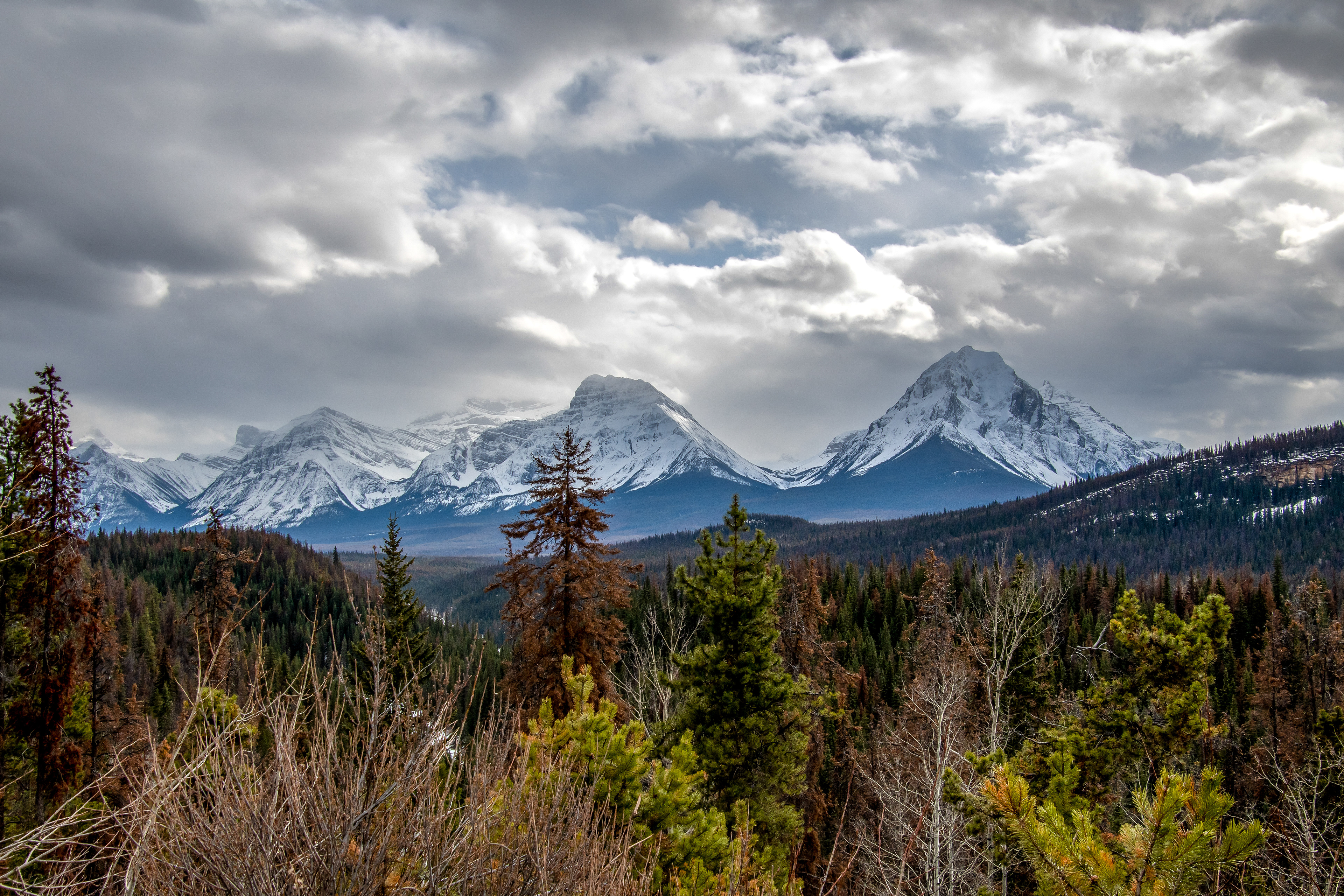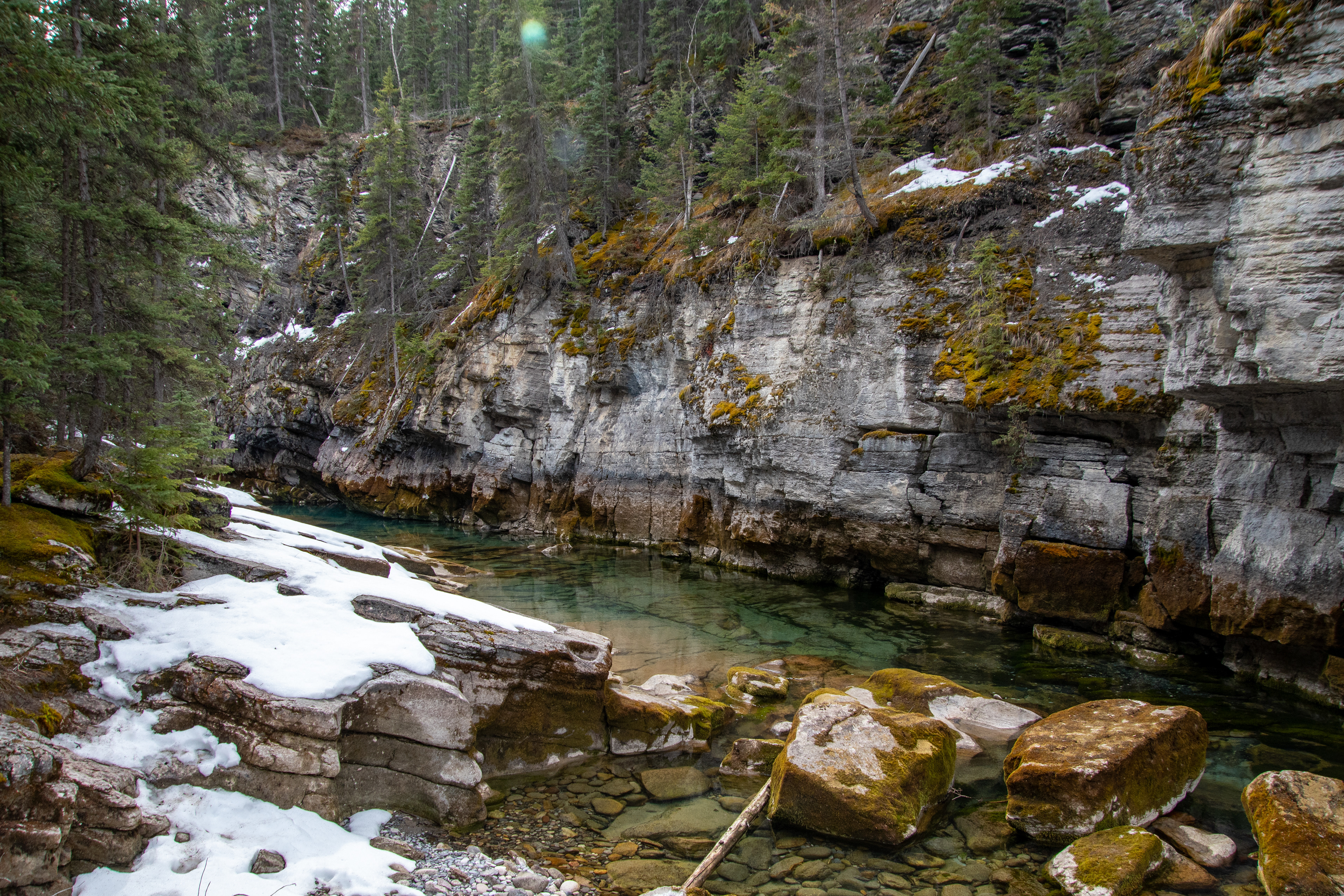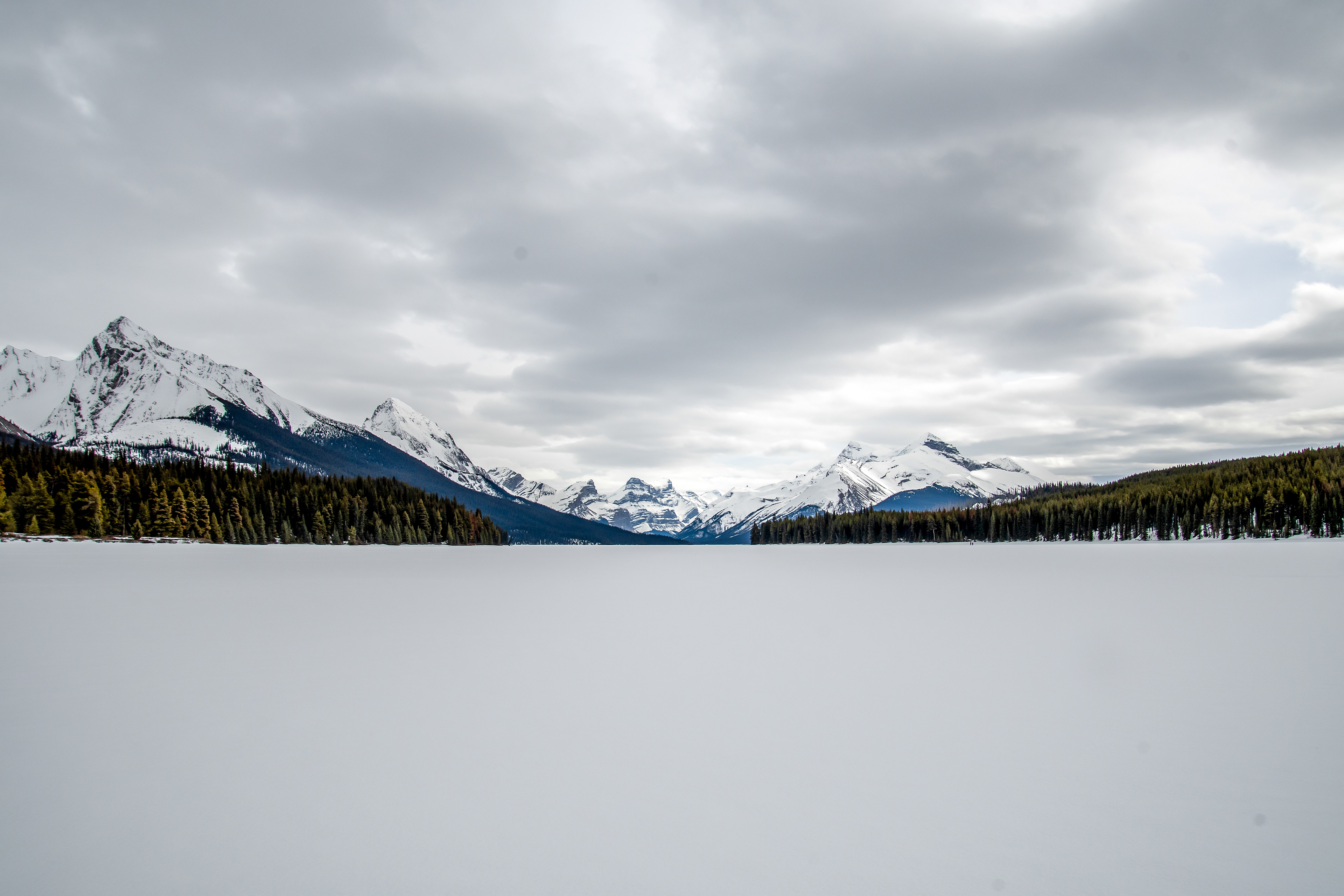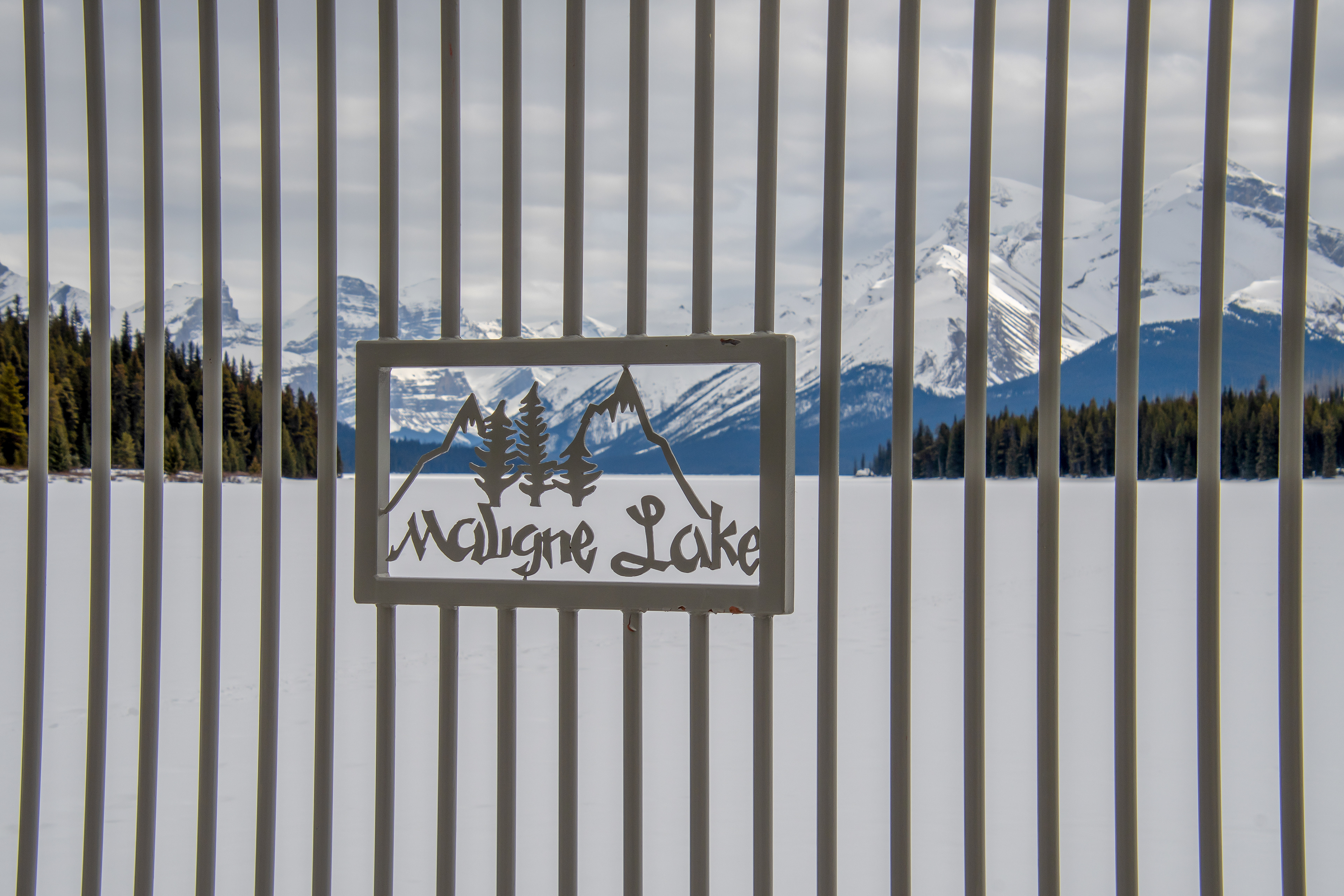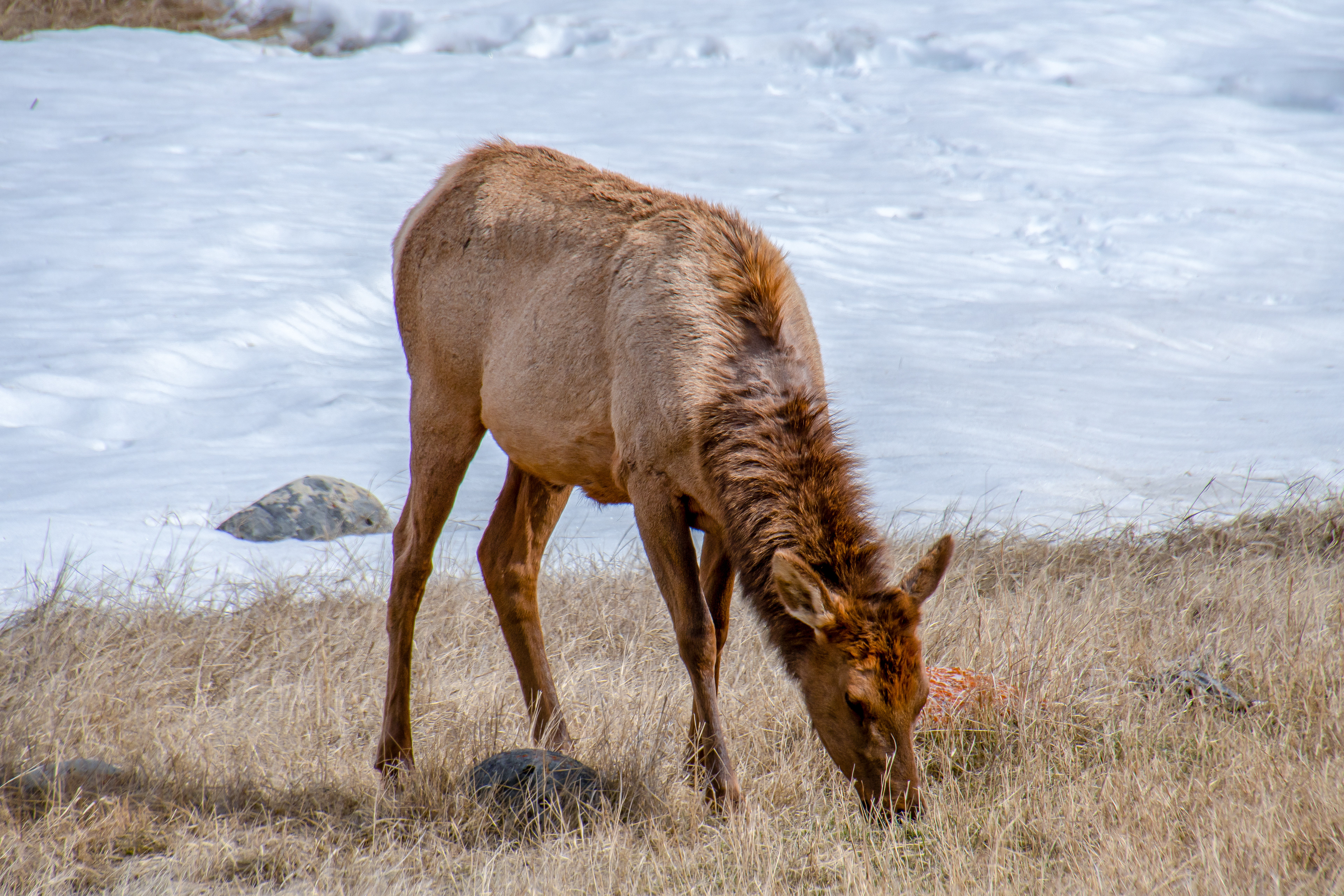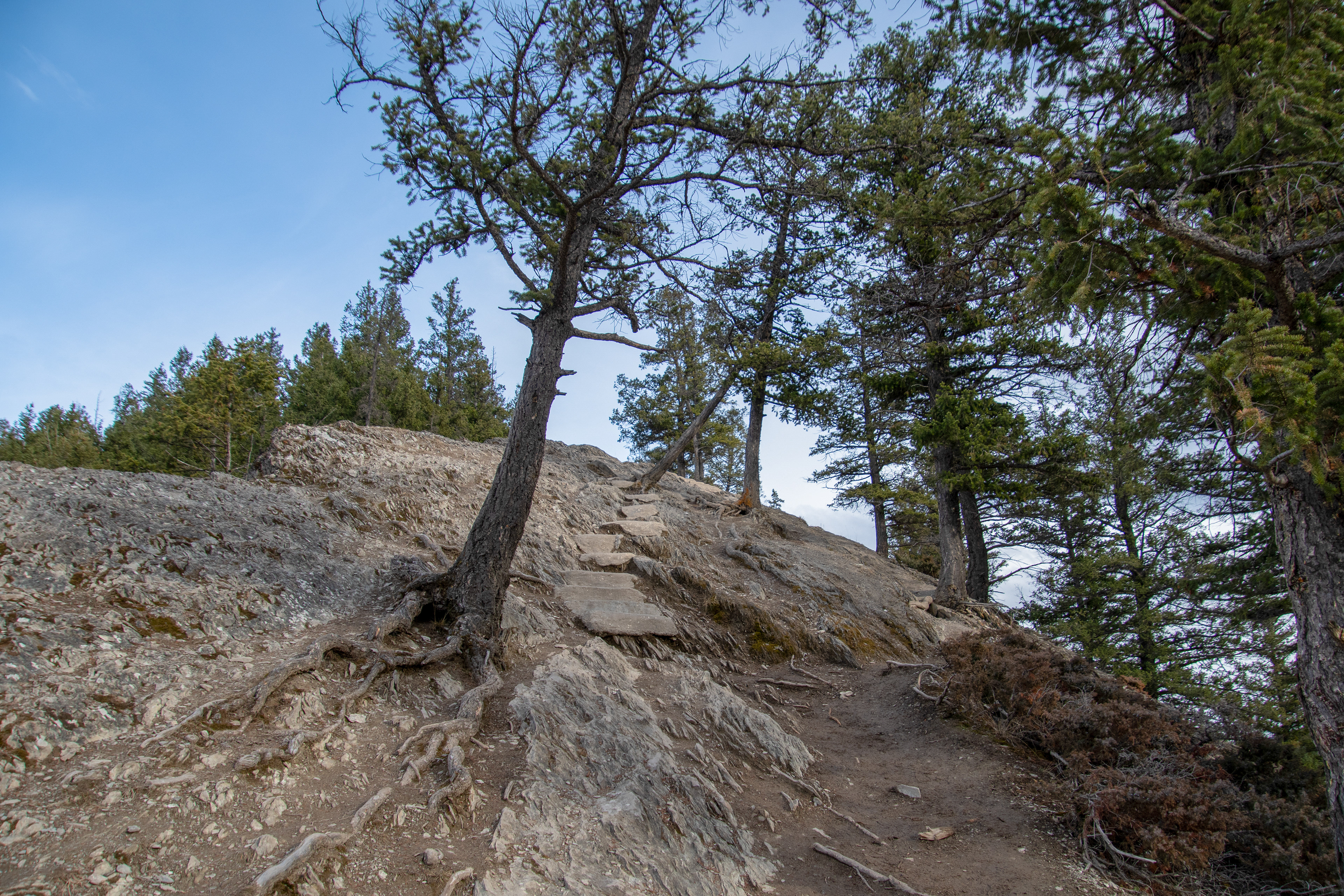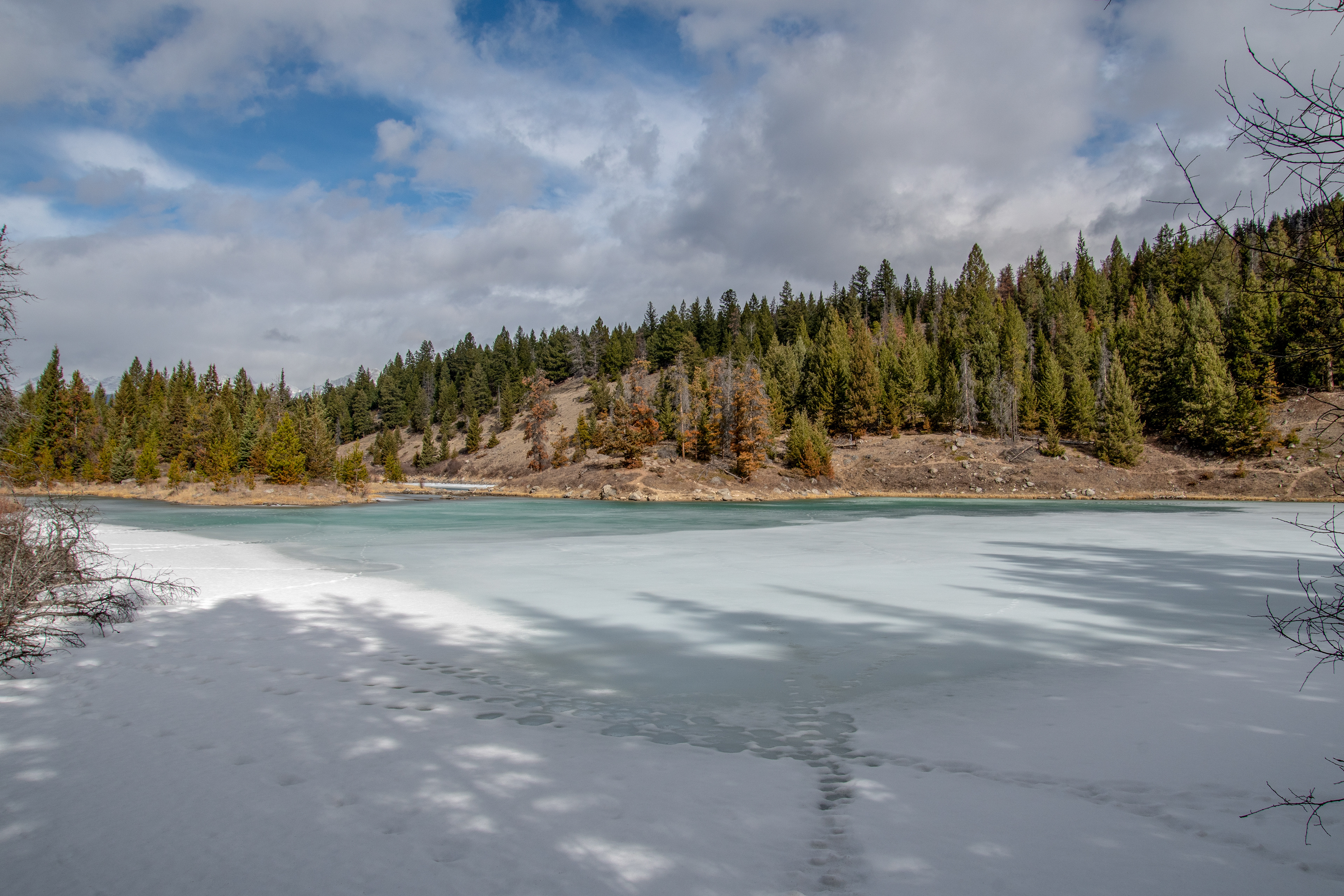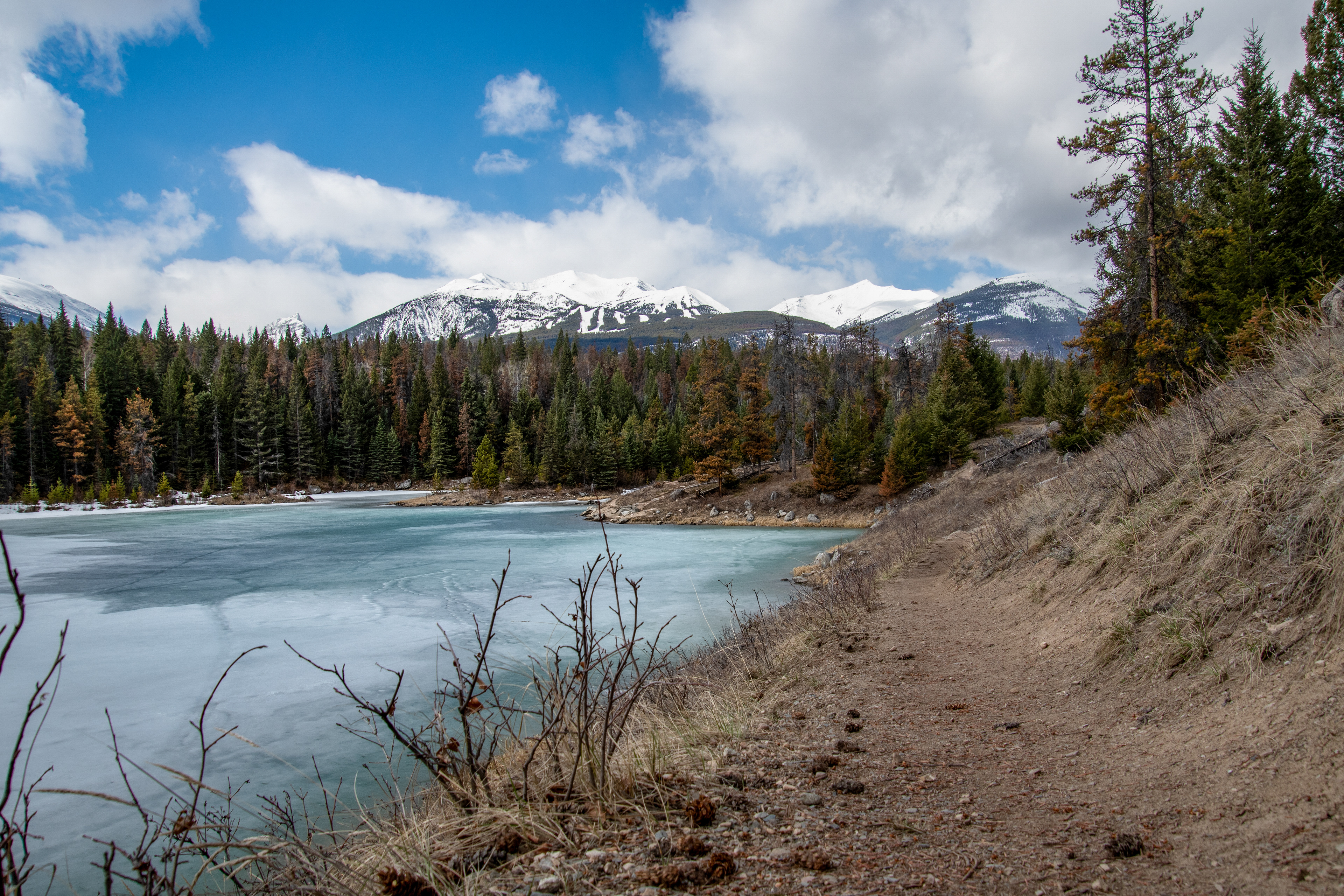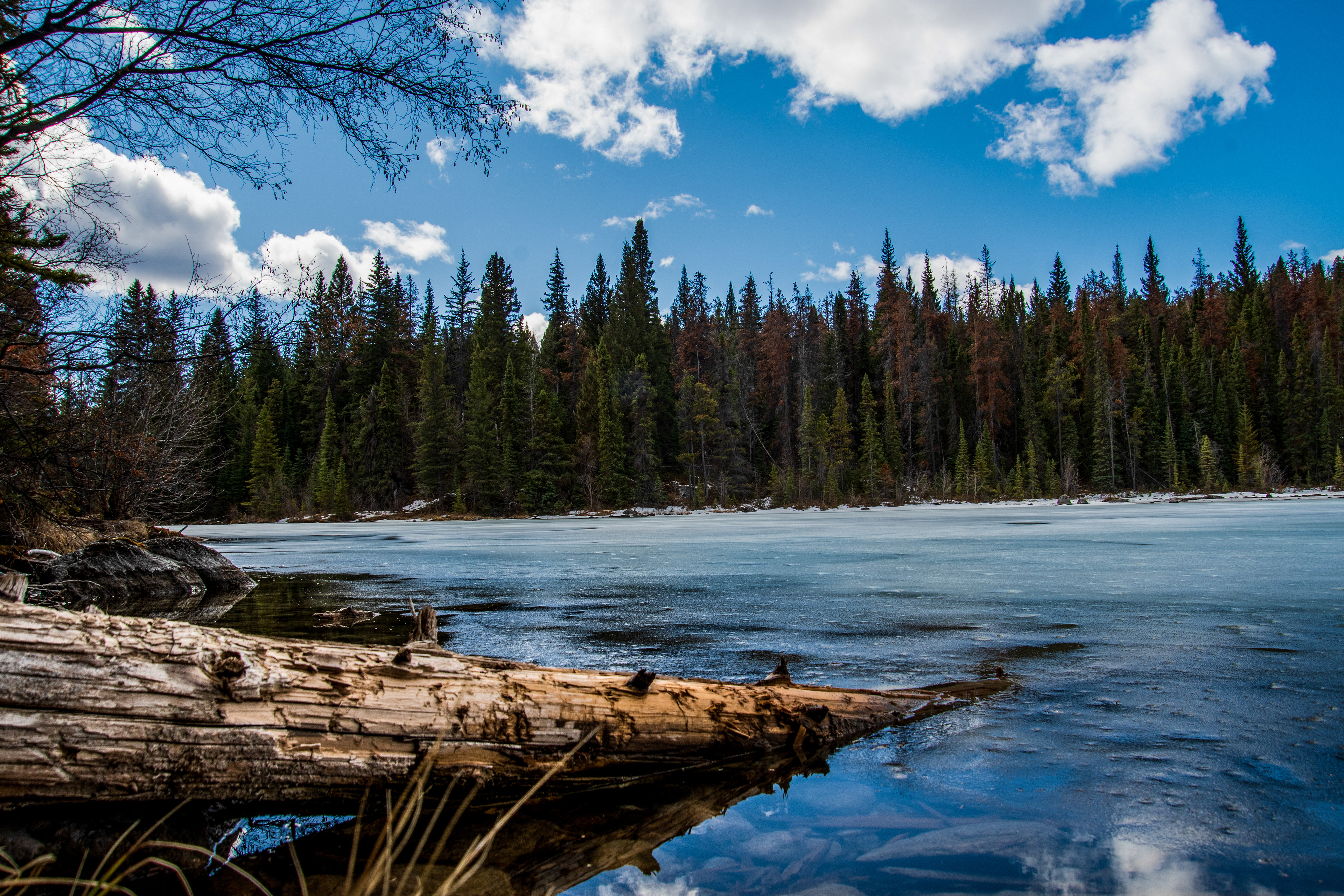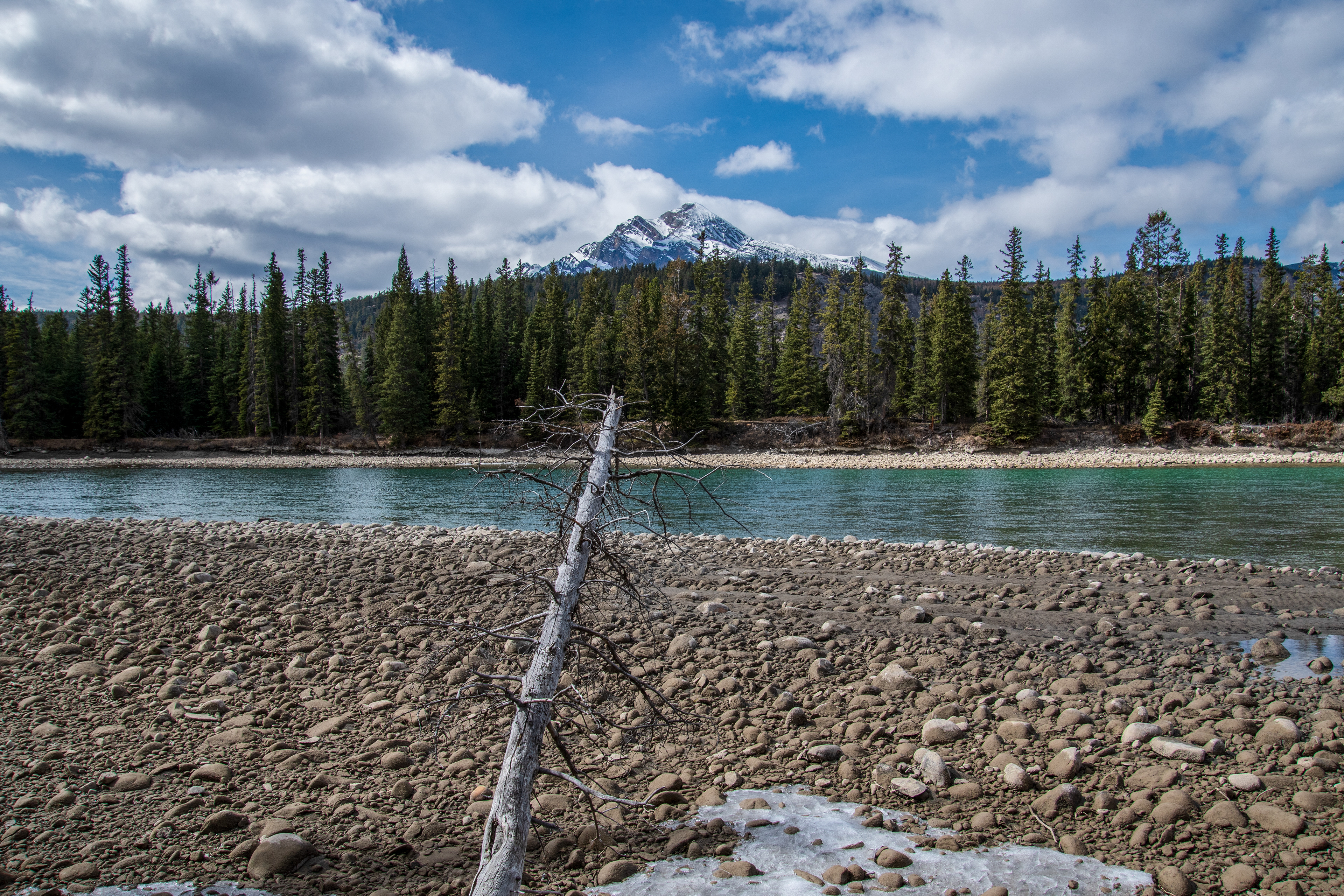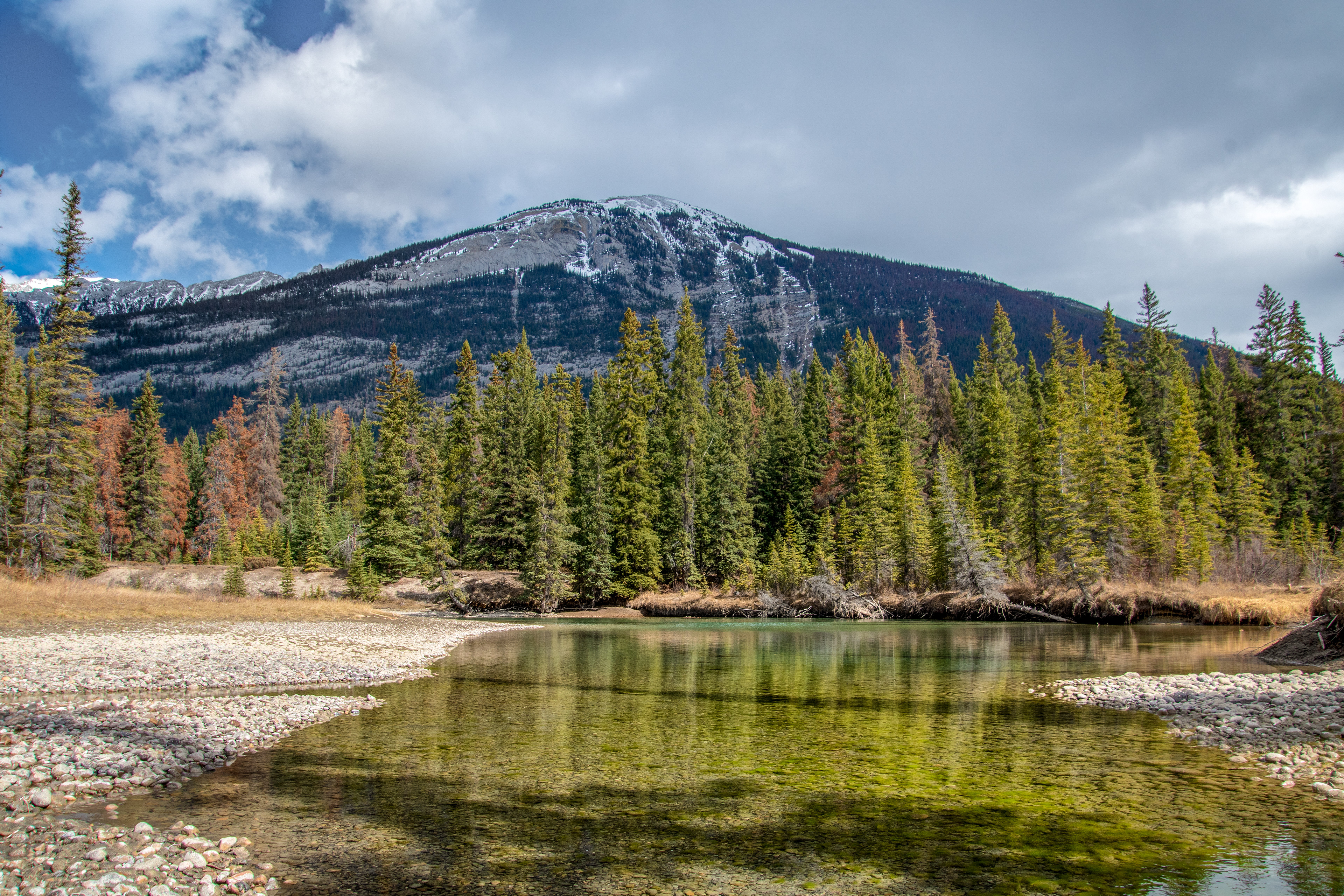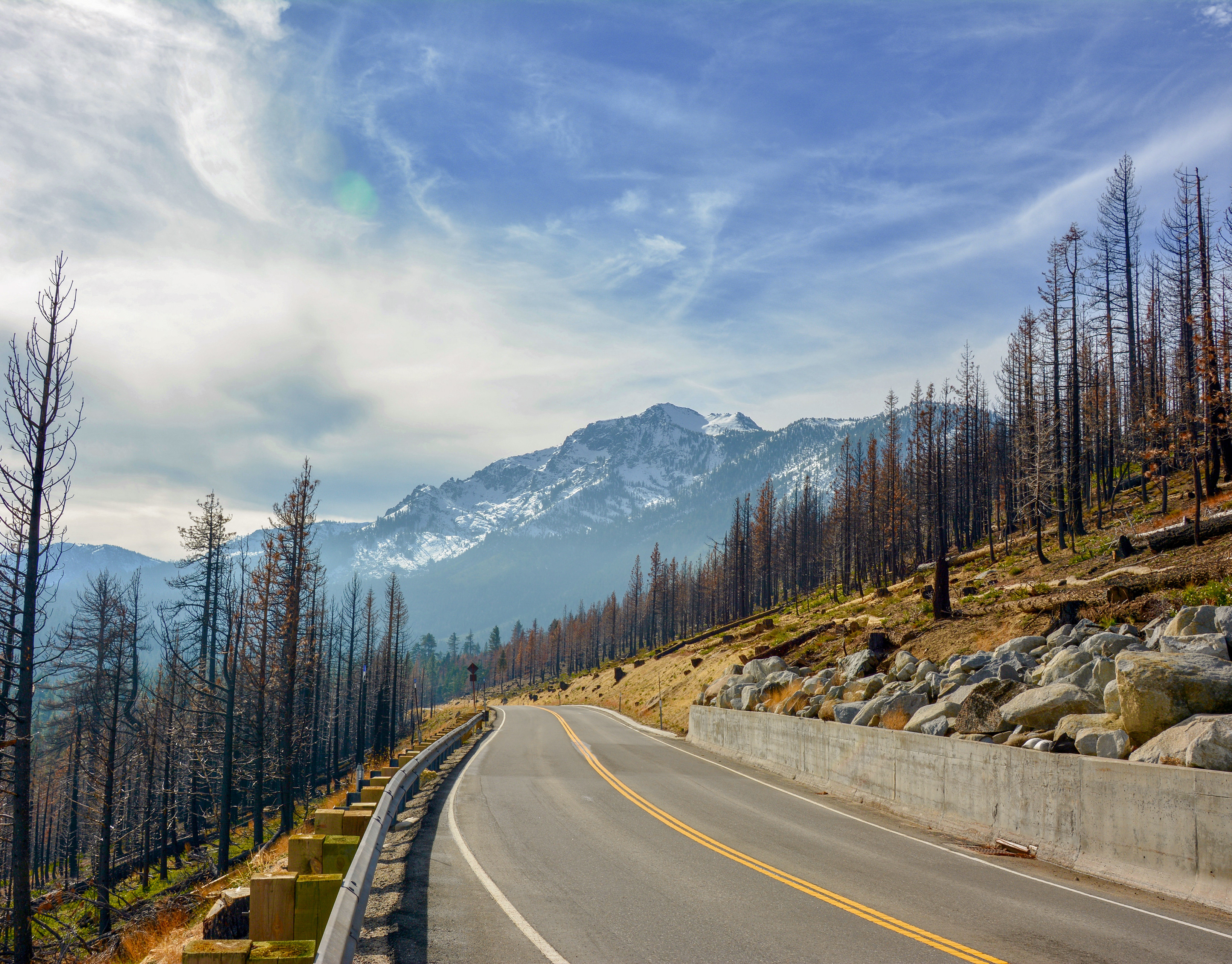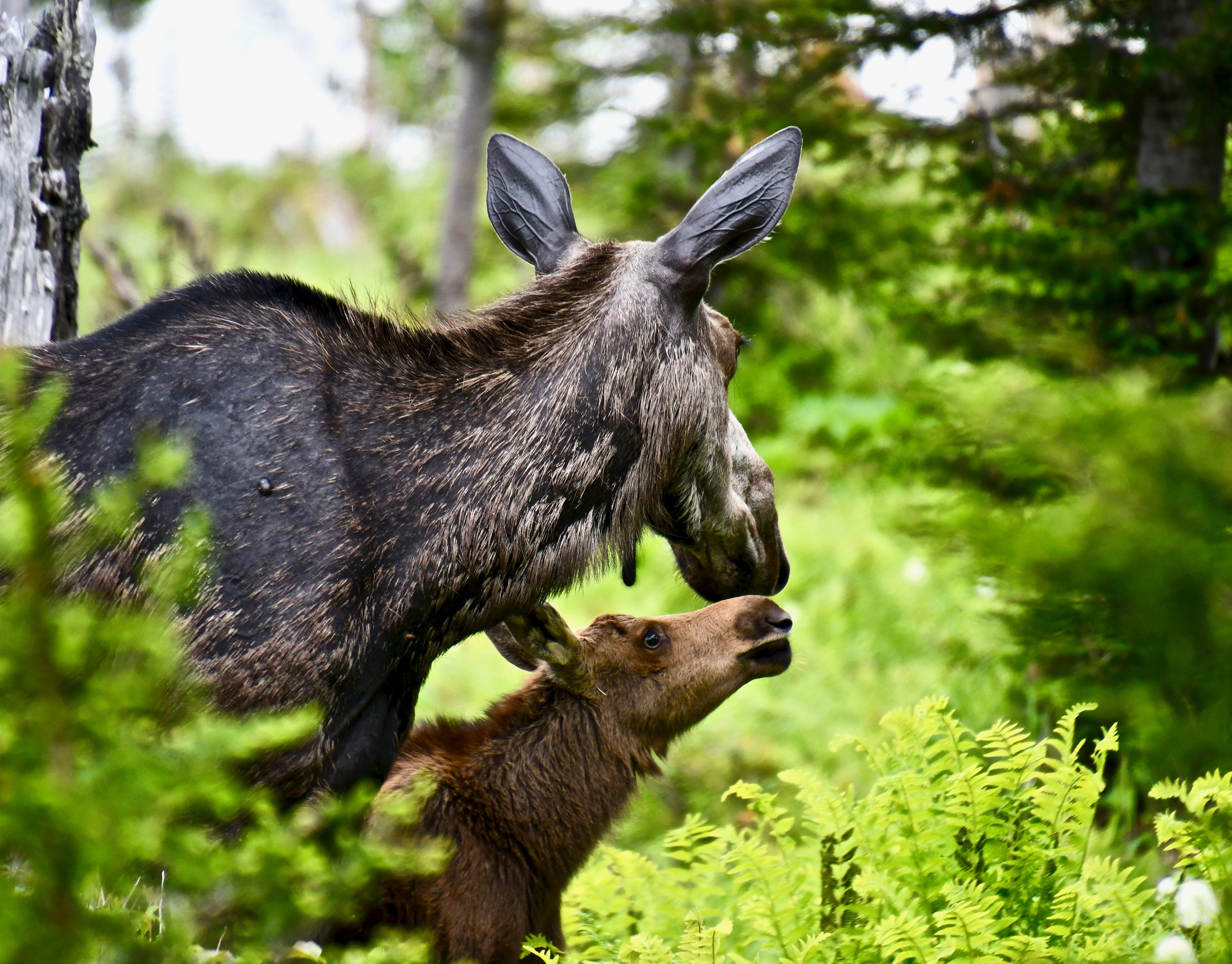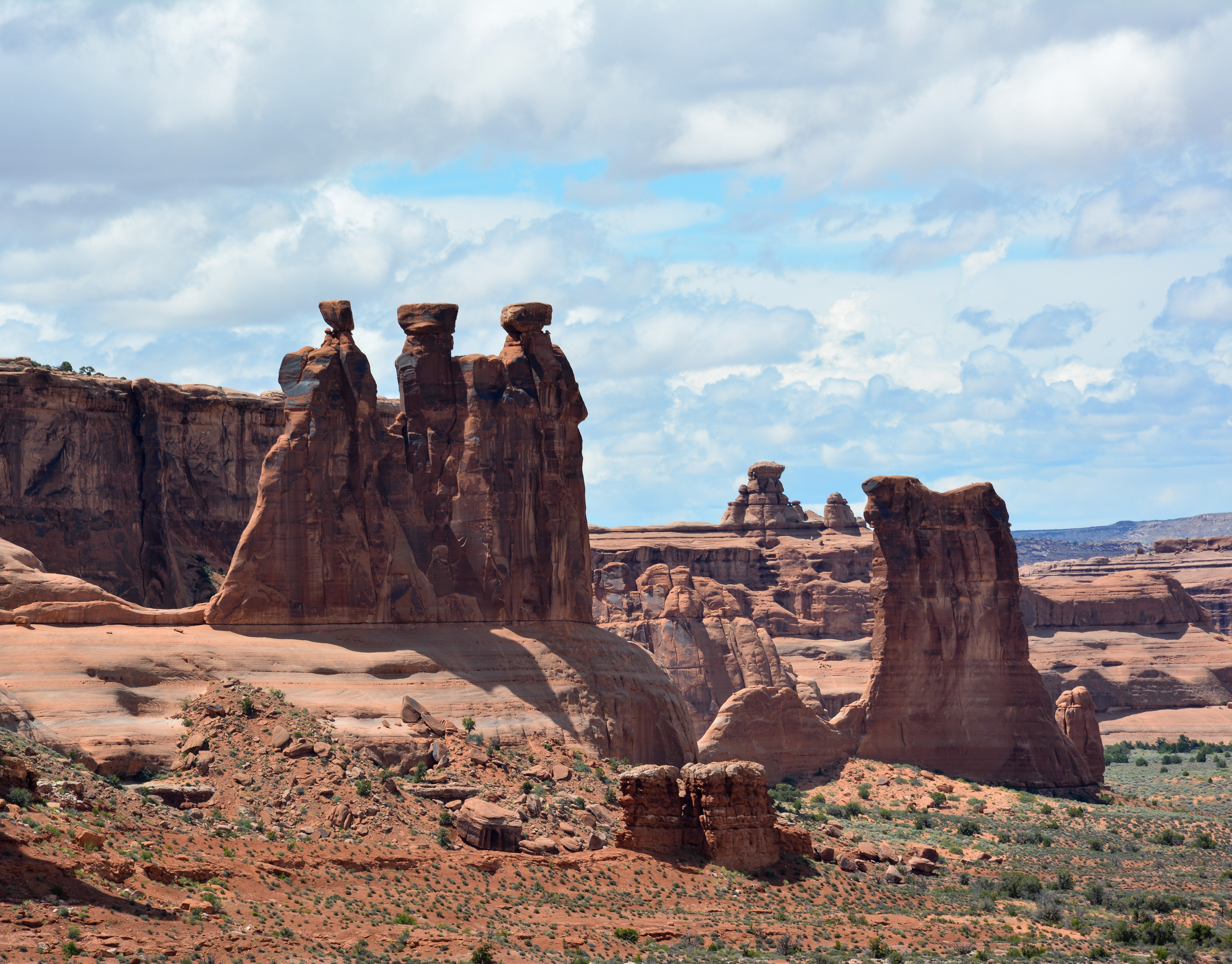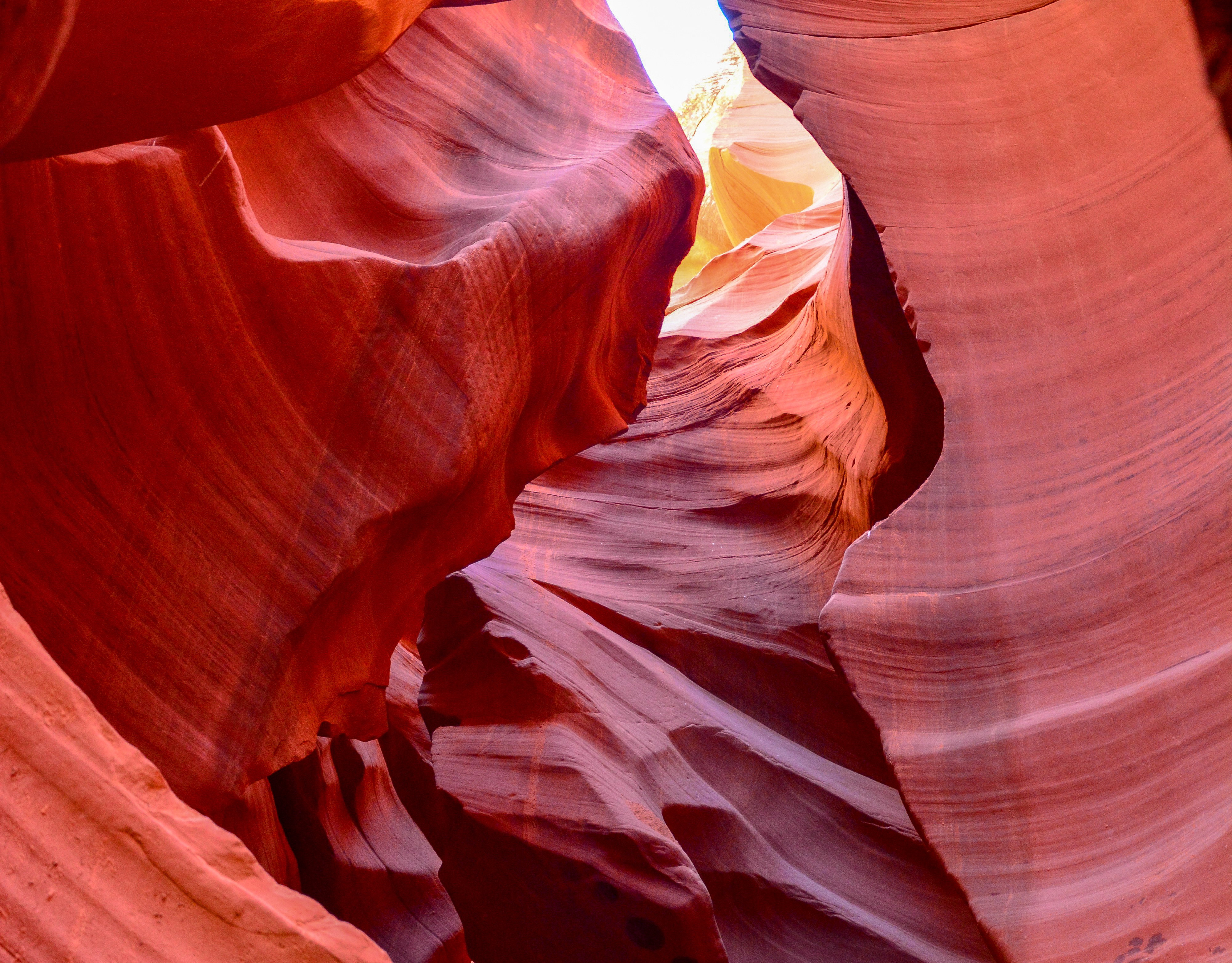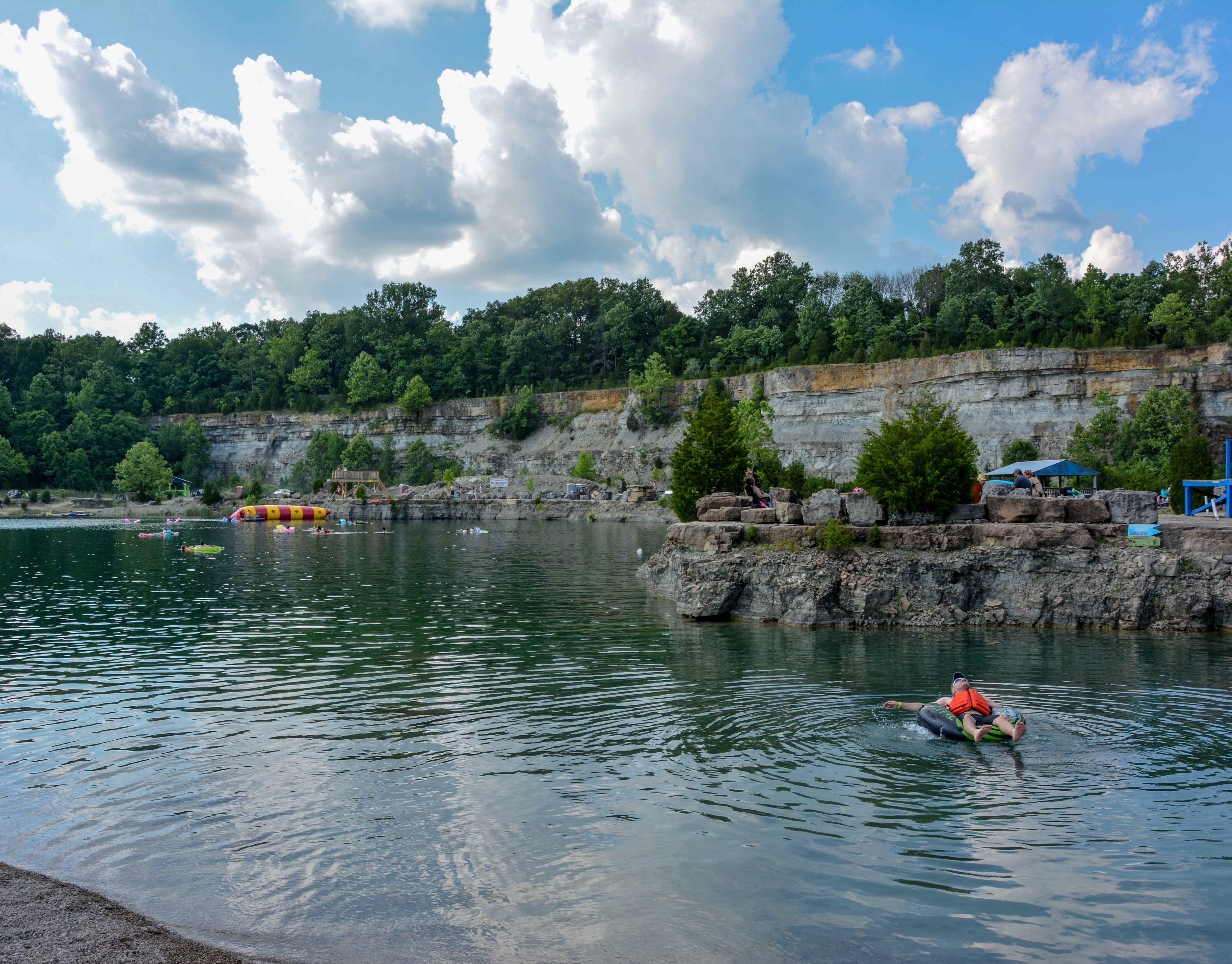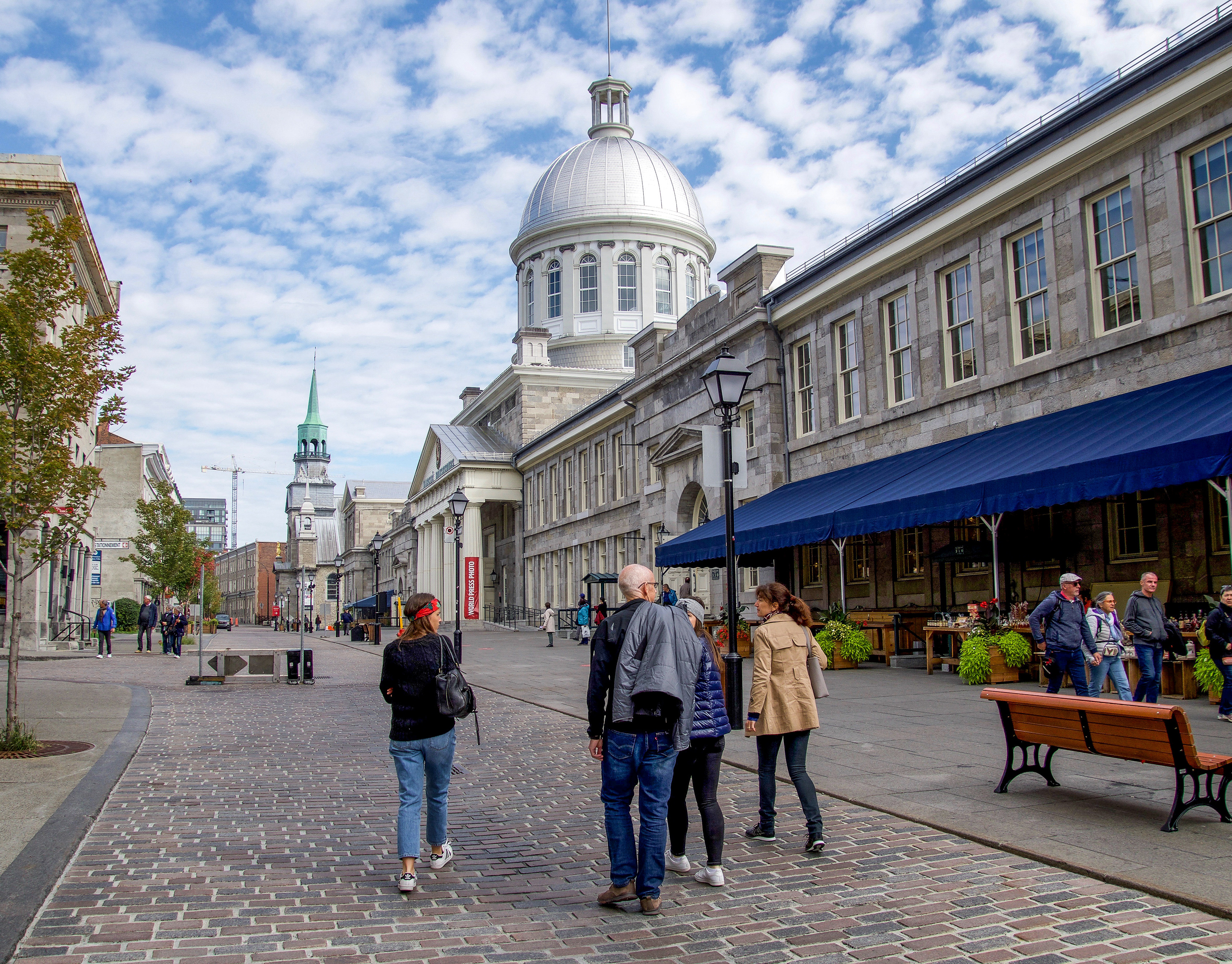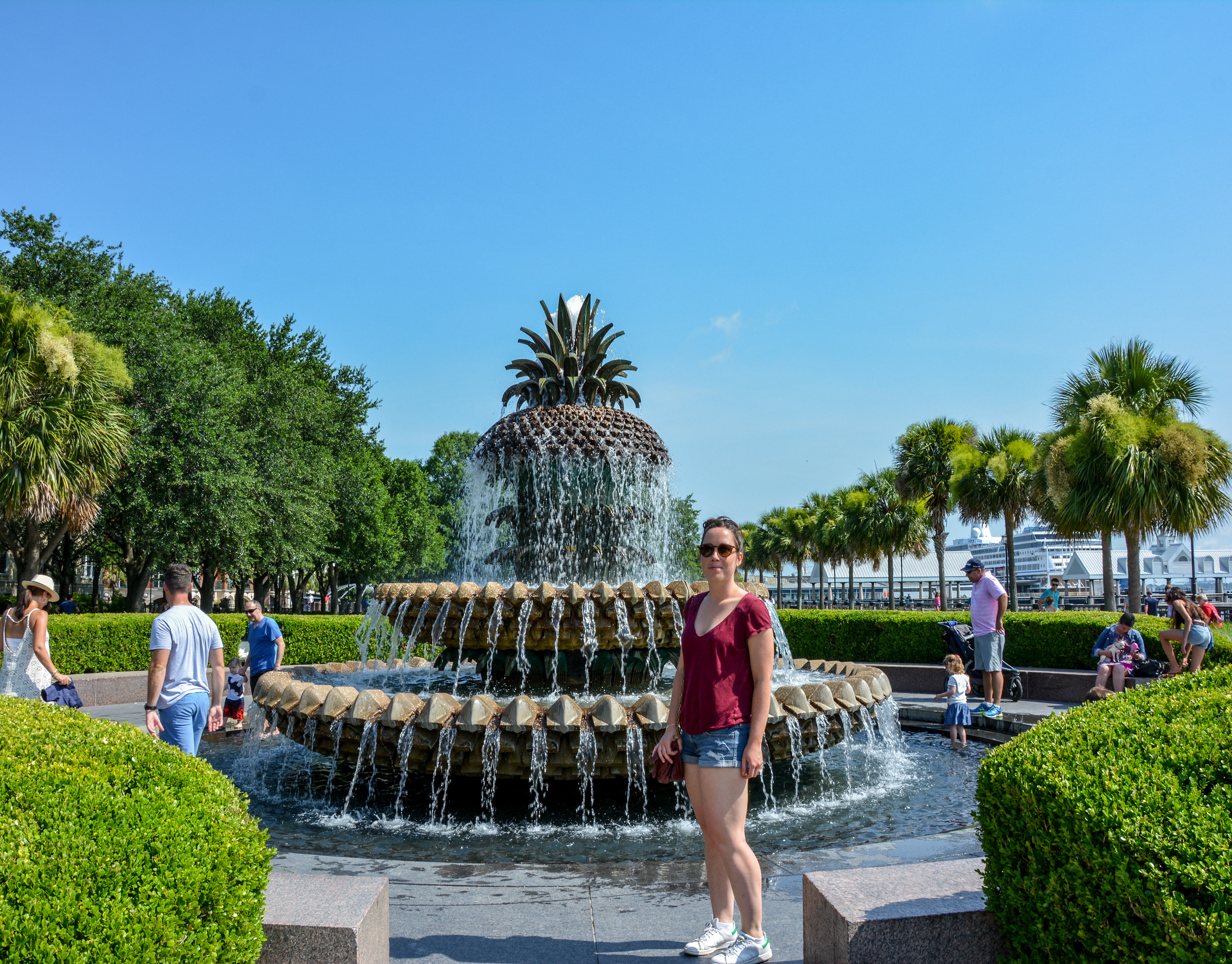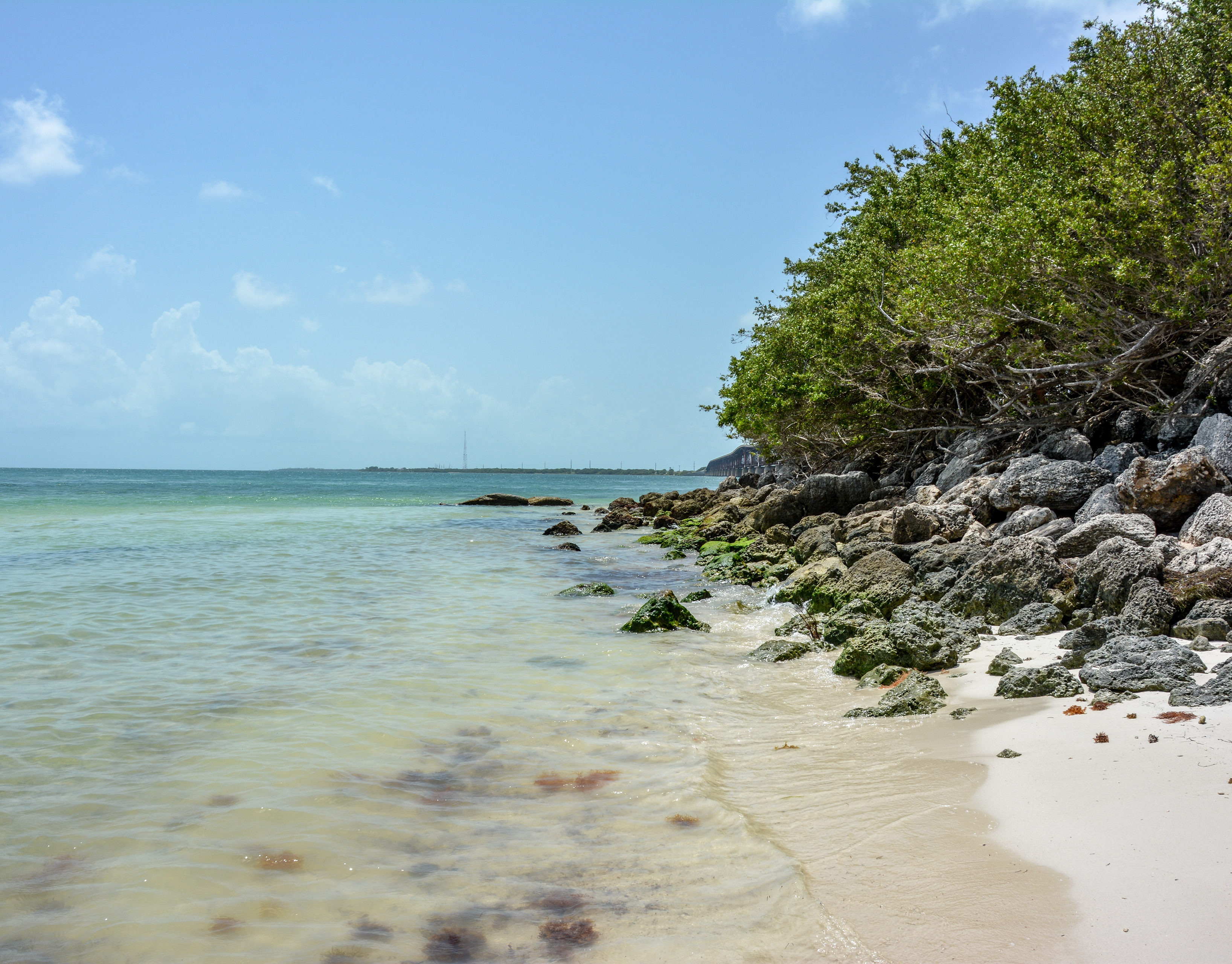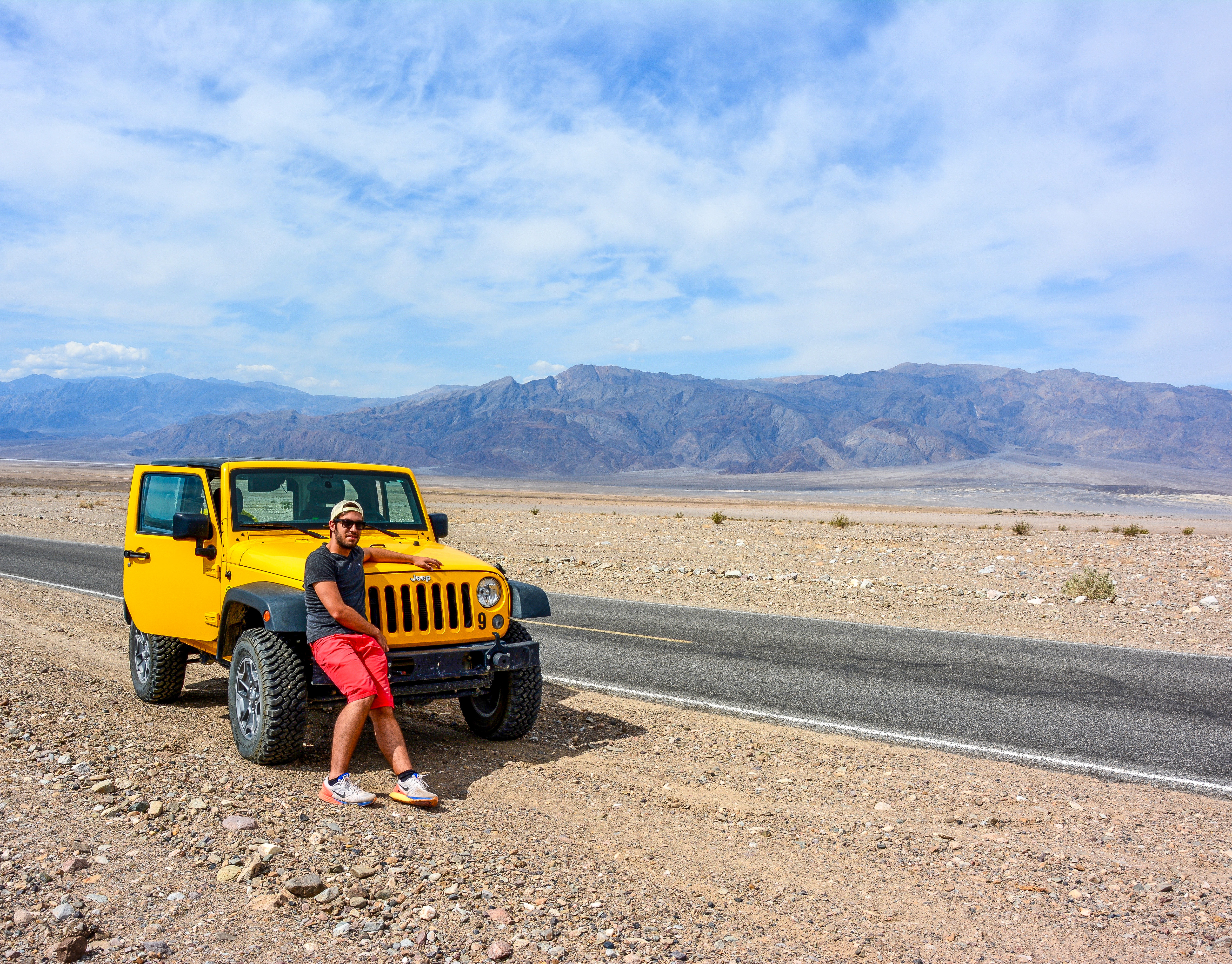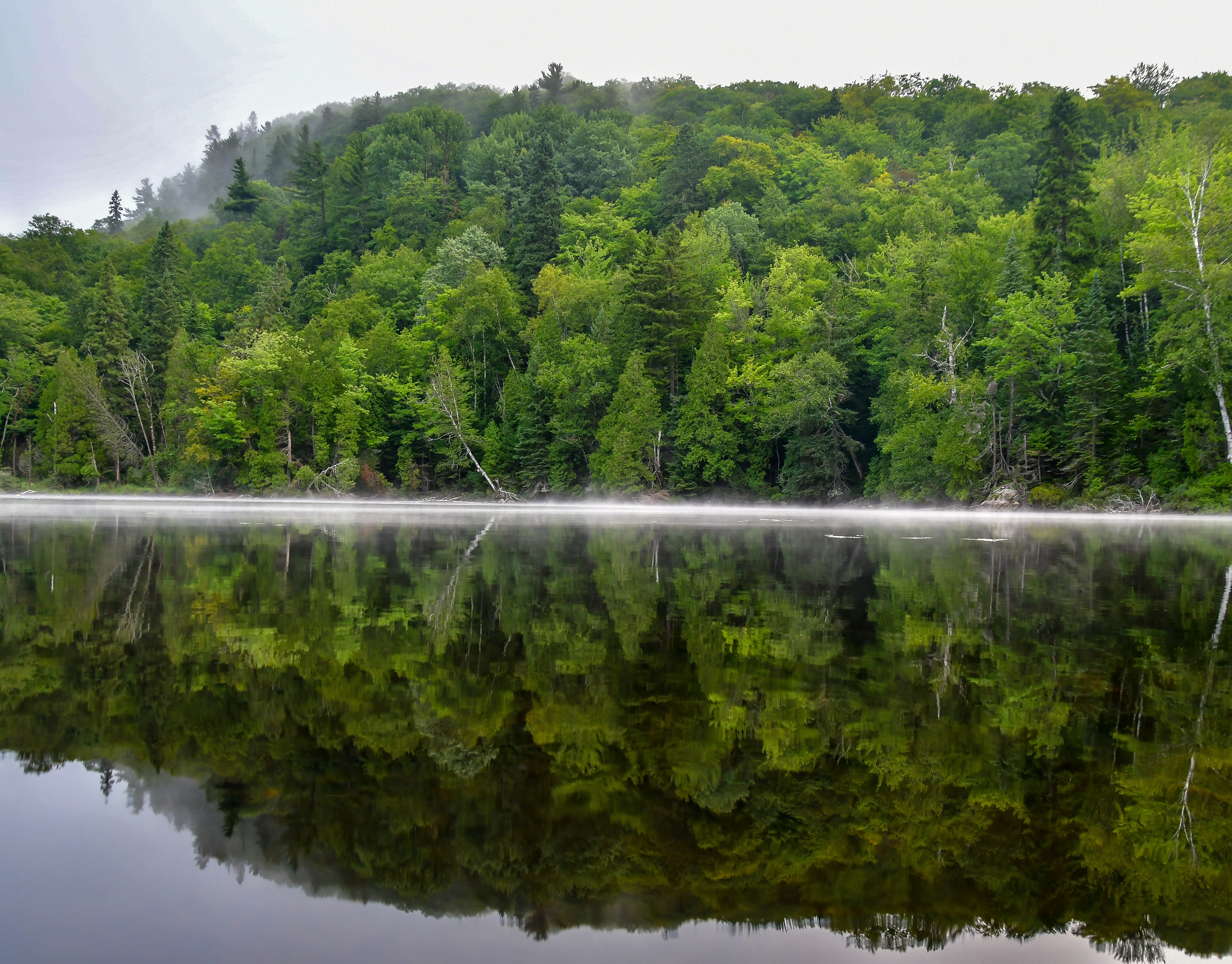Banff National Park, Alberta & British Columbia
The Canadian Pacific Railway was instrumental in Banff's early years, building the Banff Springs Hotel and Chateau Lake Louise, and attracting tourists through extensive advertising. In the early 20th century, roads were built in Banff, at times by war internees from World War I, and through Great Depression-era public works projects. Since the 1960s, park accommodations have been open all year, with annual tourism visits to Banff increasing to over 5 million in the 1990s. Millions more pass through the park on the Trans-Canada Highway. As Banff has over three million visitors annually, the health of its ecosystem has been threatened. In the mid-1990s, Park Canada responded by initiating a two-year study, which resulted in management recommendations, and new policies that aim to preserve ecological integrity.
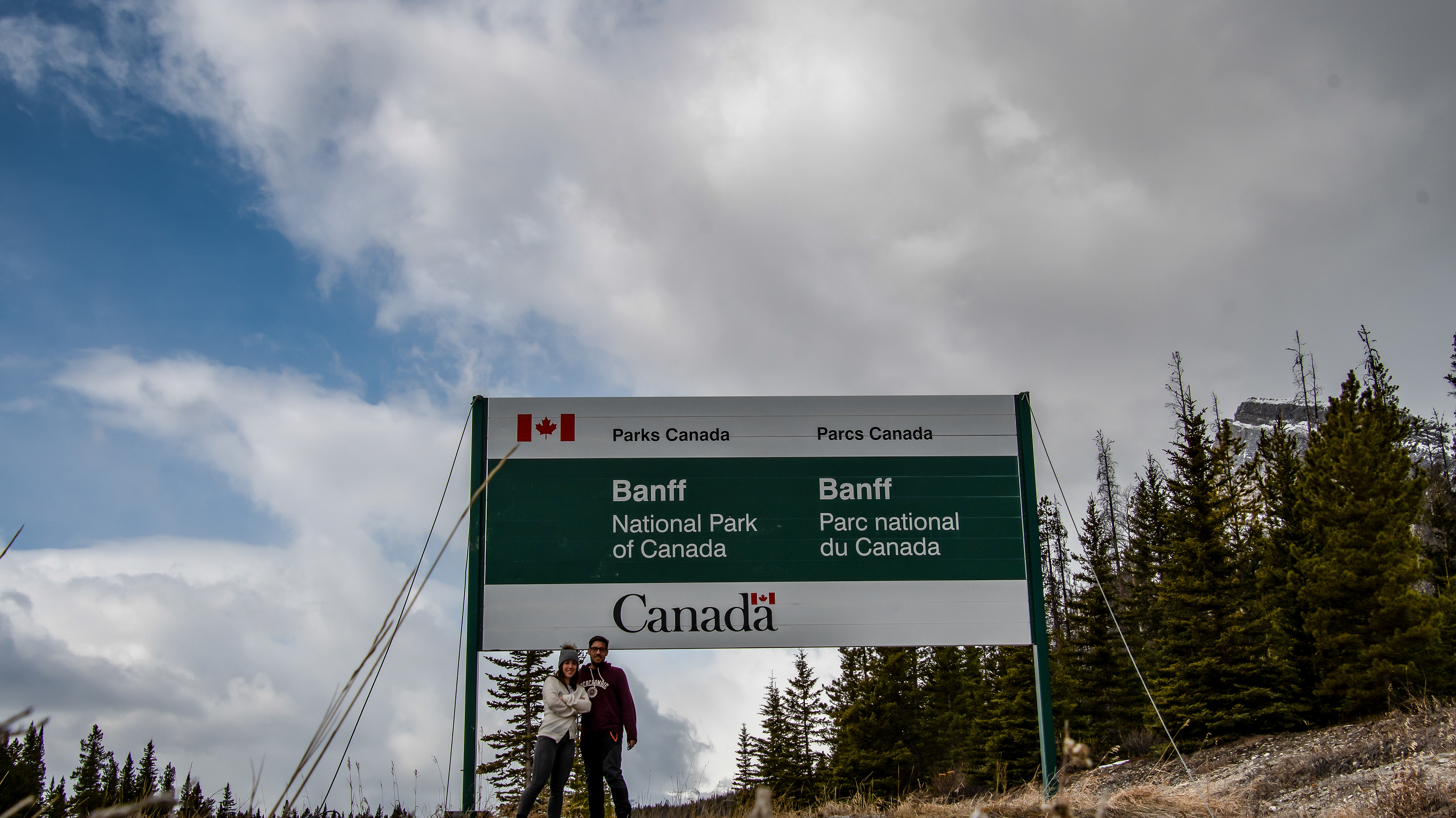
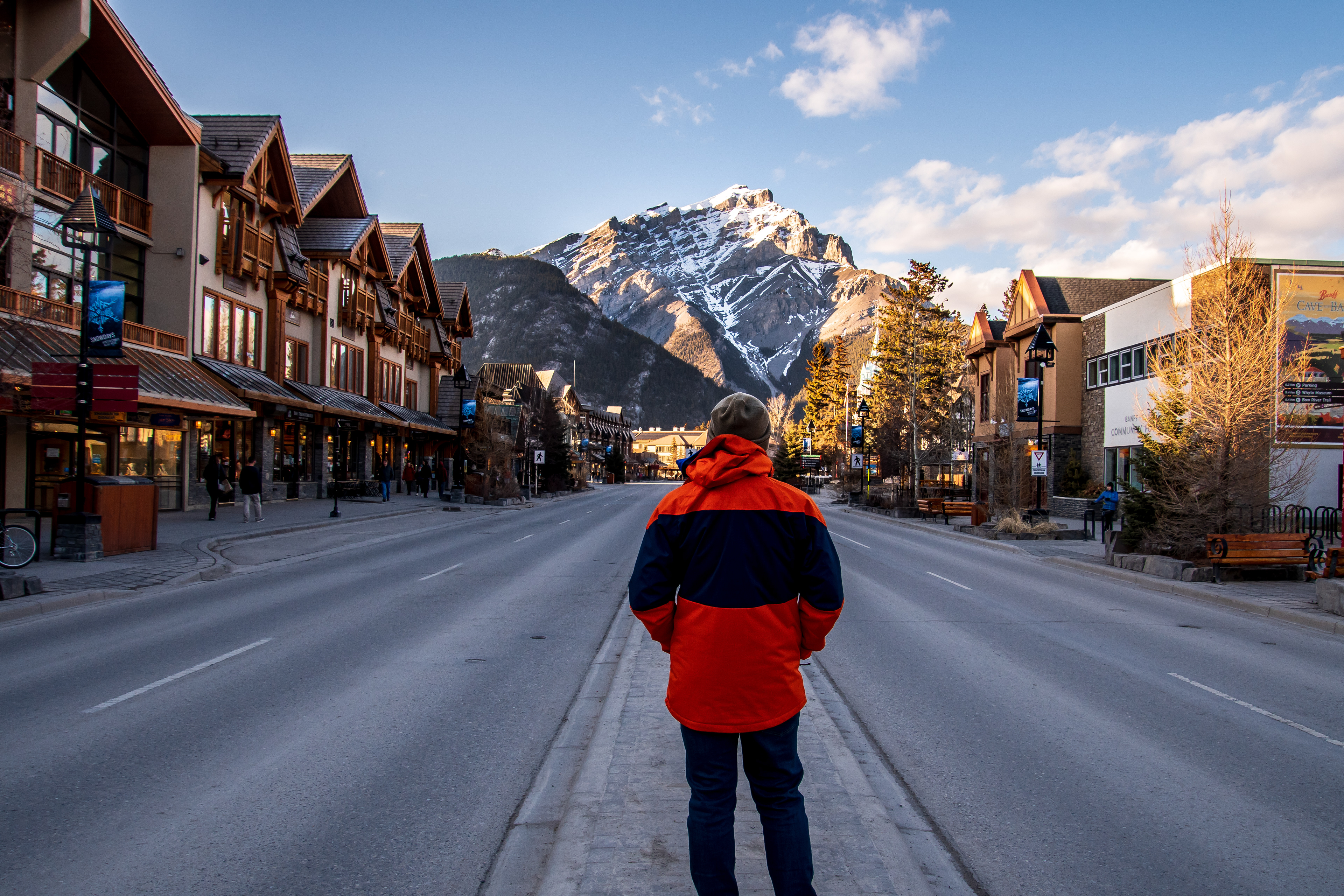
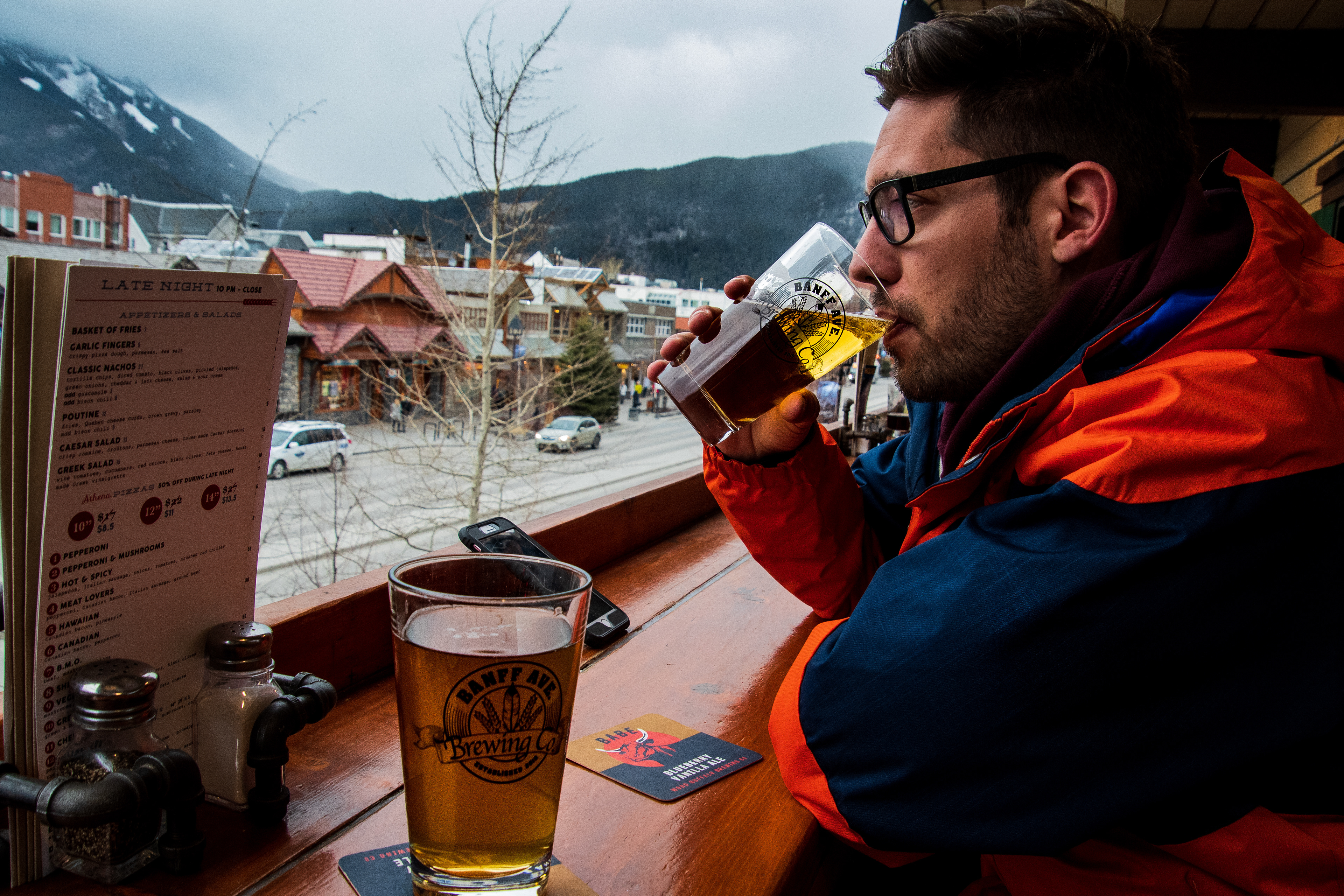
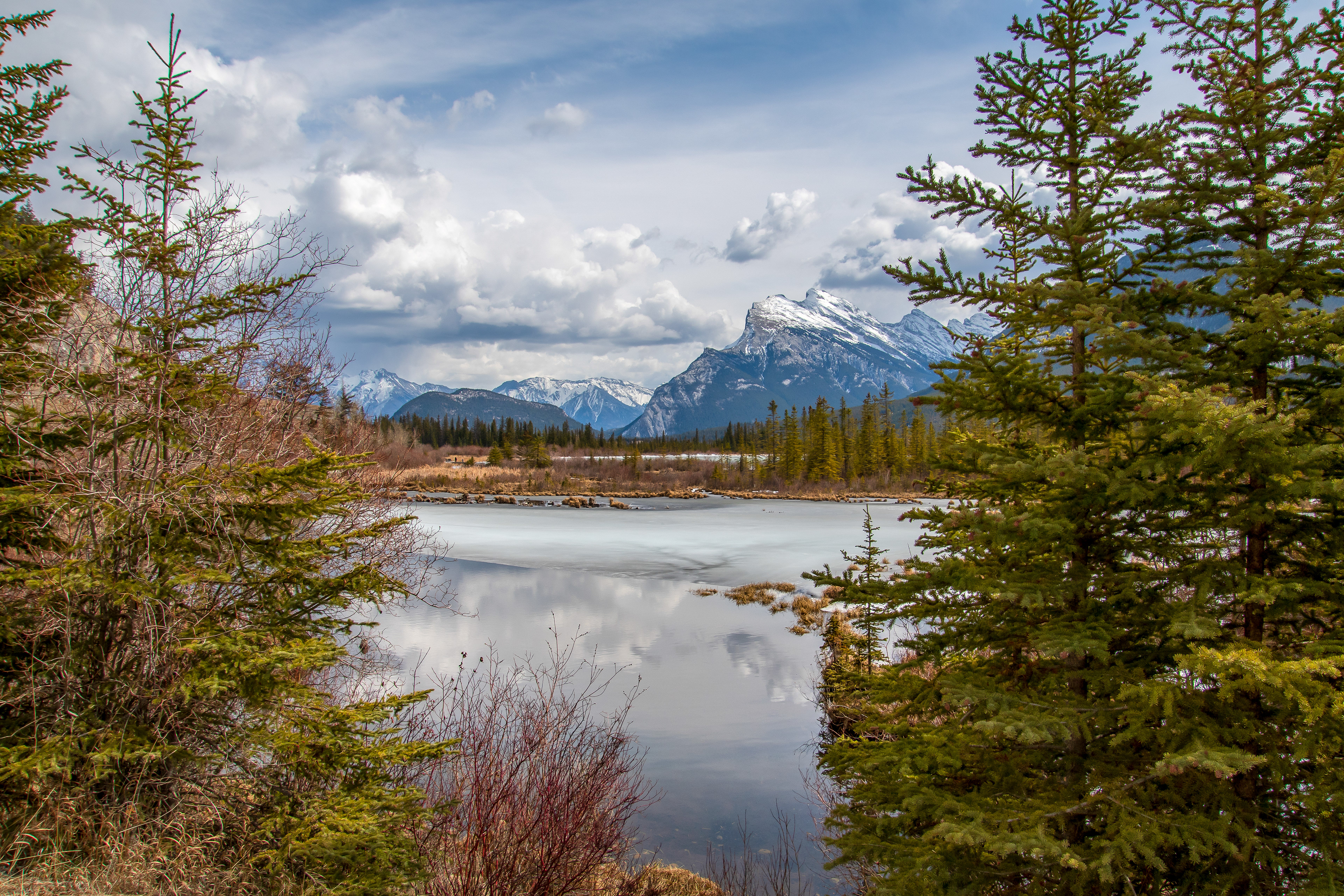

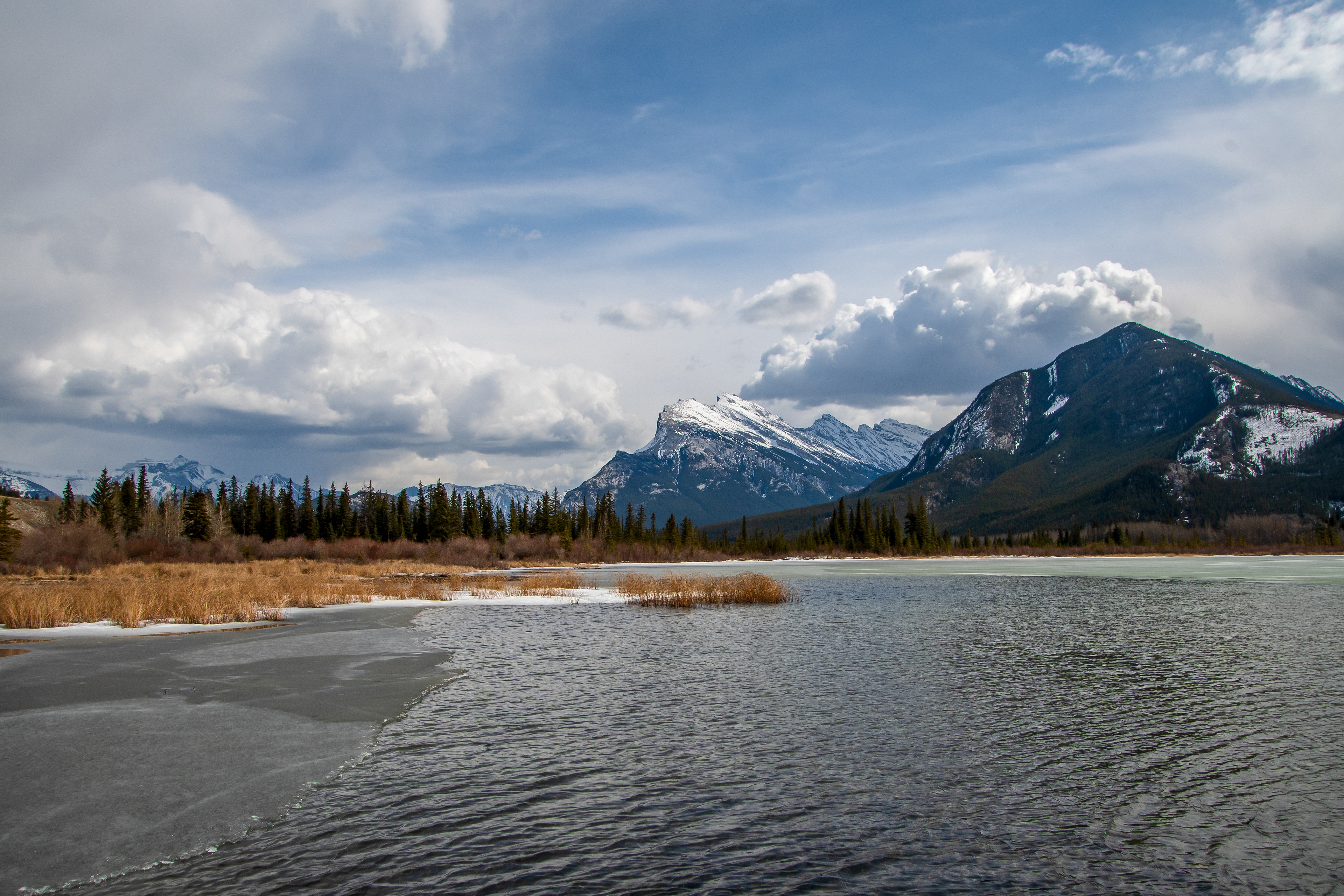

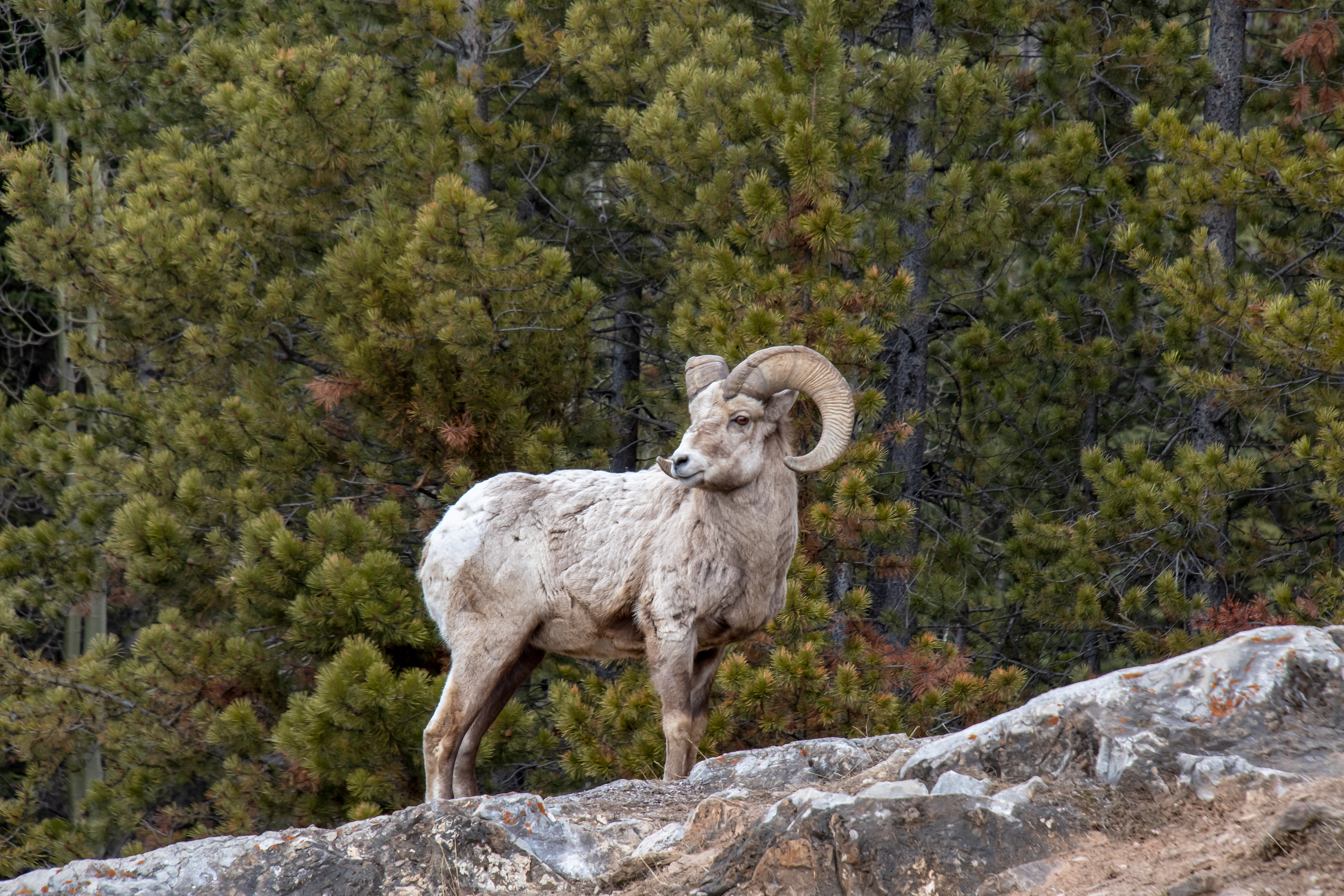

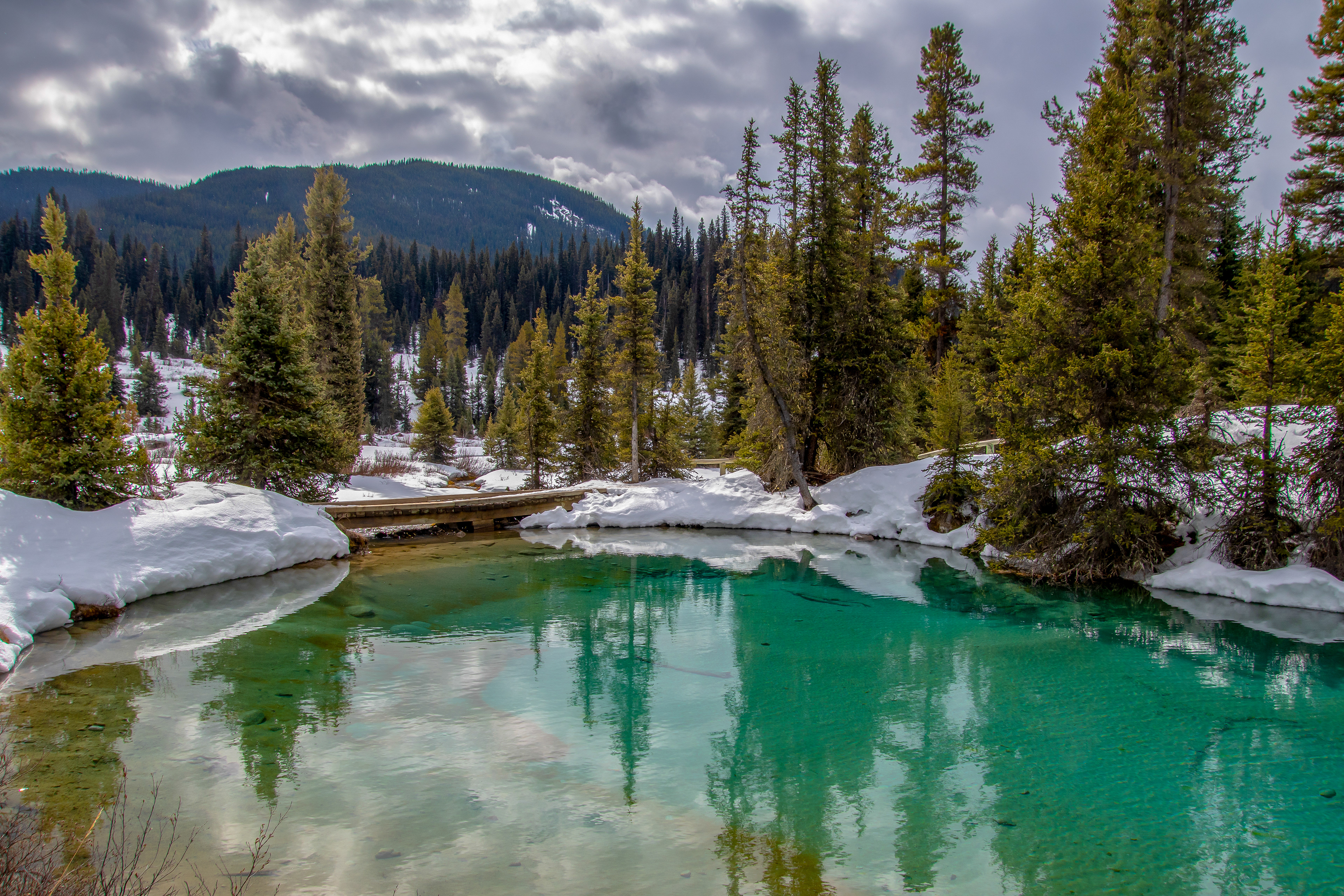



Yoho National Park, British Columbia
Natural bridge, Emerald Lake, Aurora Borealis, what else? Yoho National Park is one of the best park we visited in Canada. It is located near Jasper and Banff National park. Incredible views, blue lake, frozen lake, what an awesome road trip and good time we had

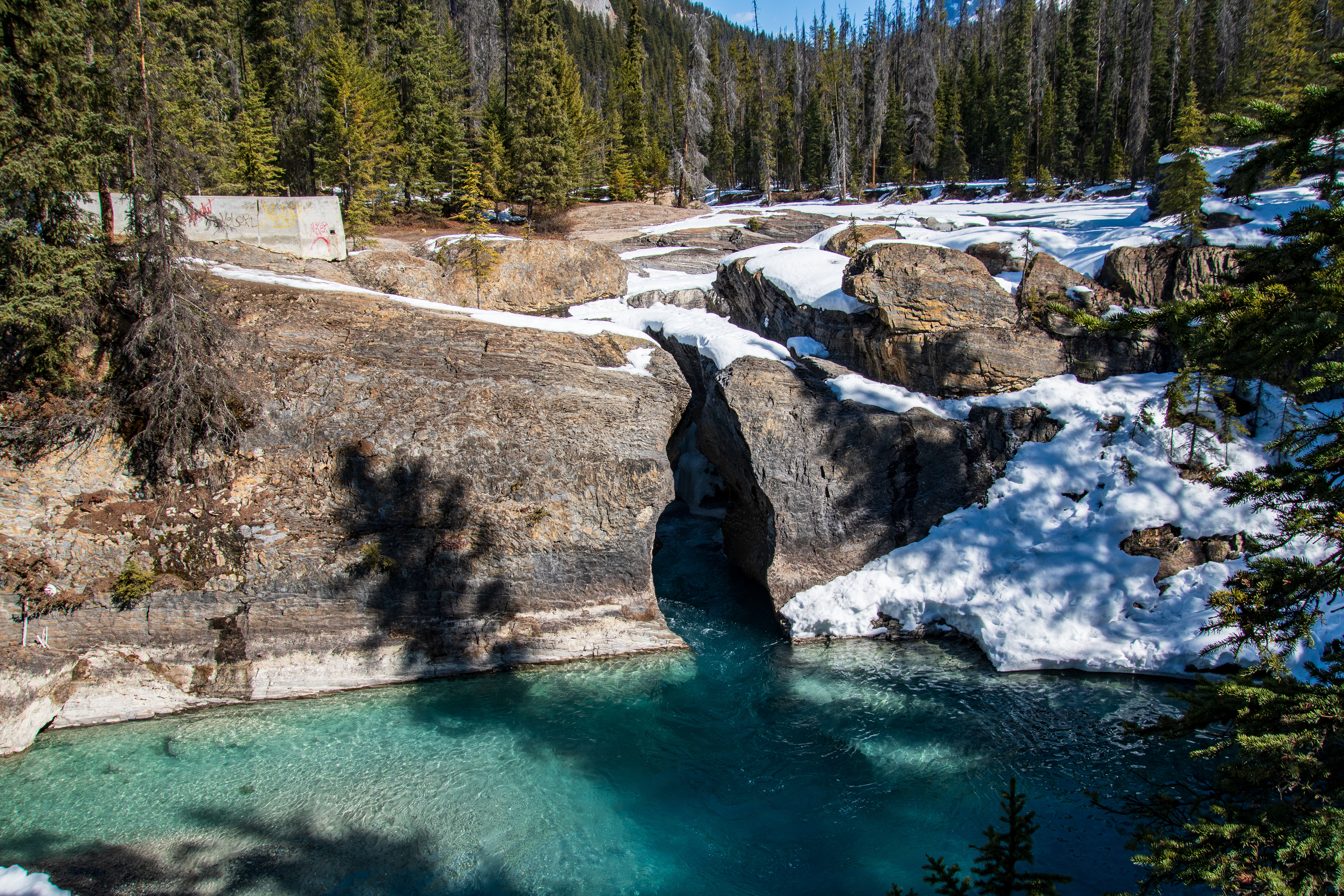

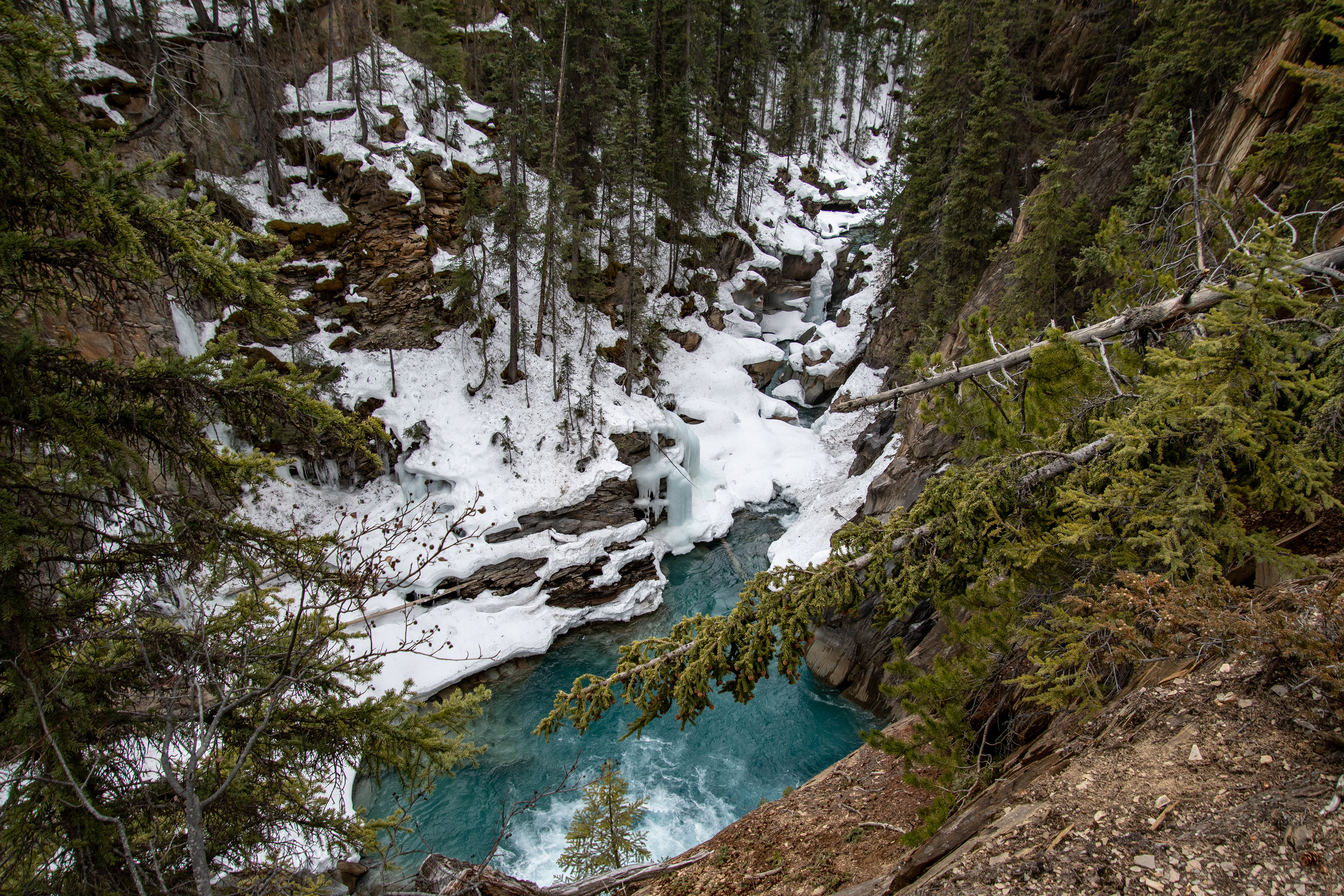
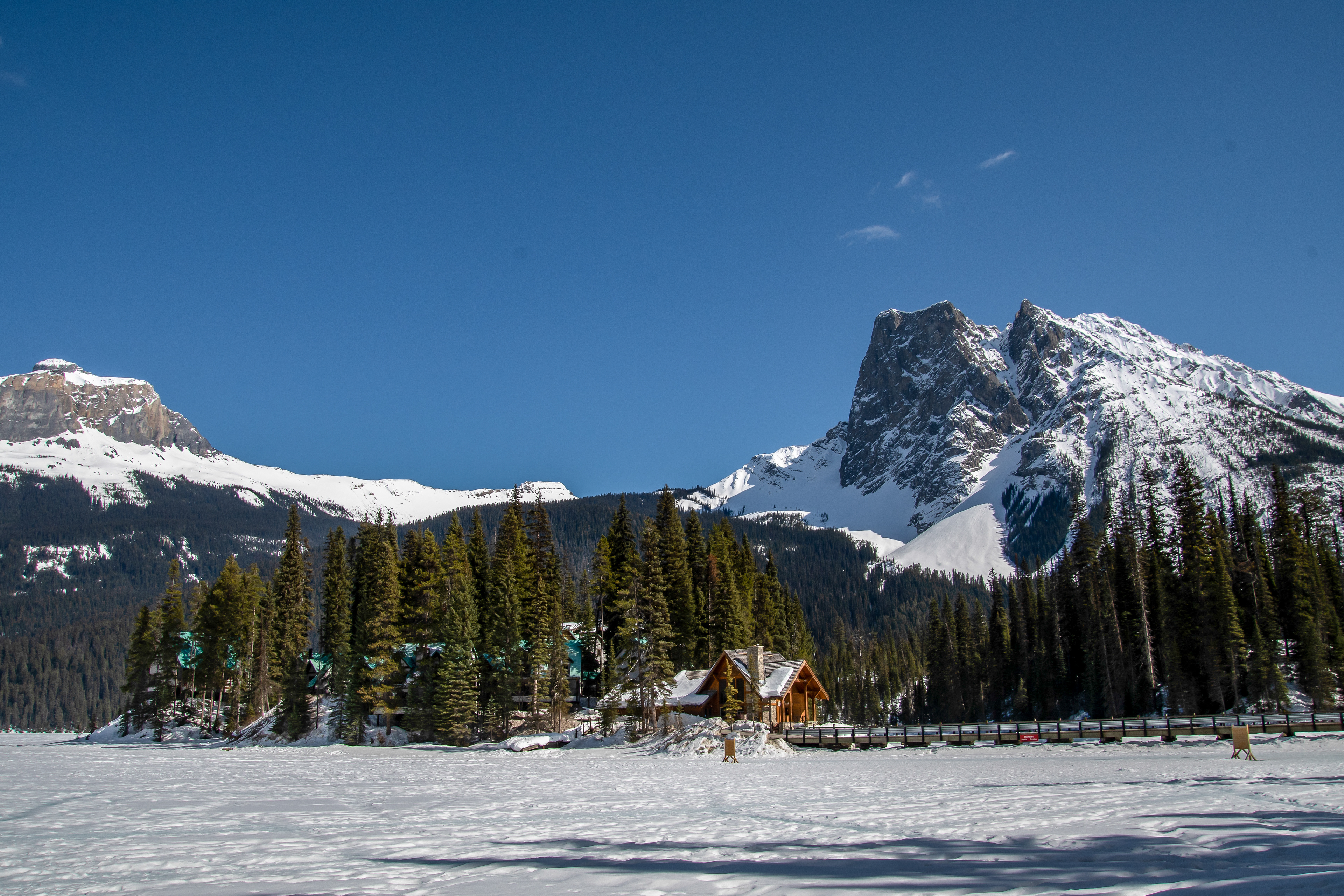
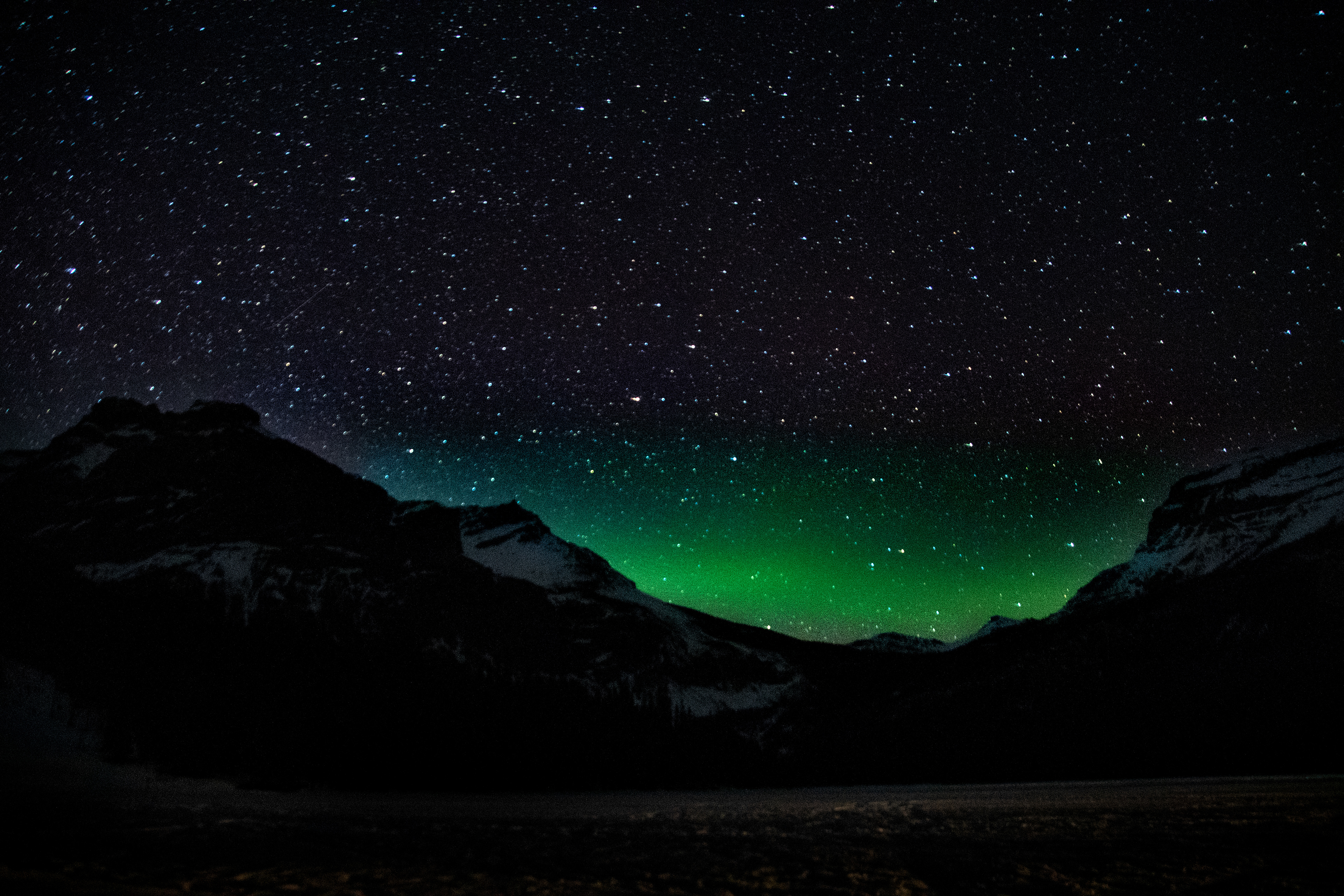
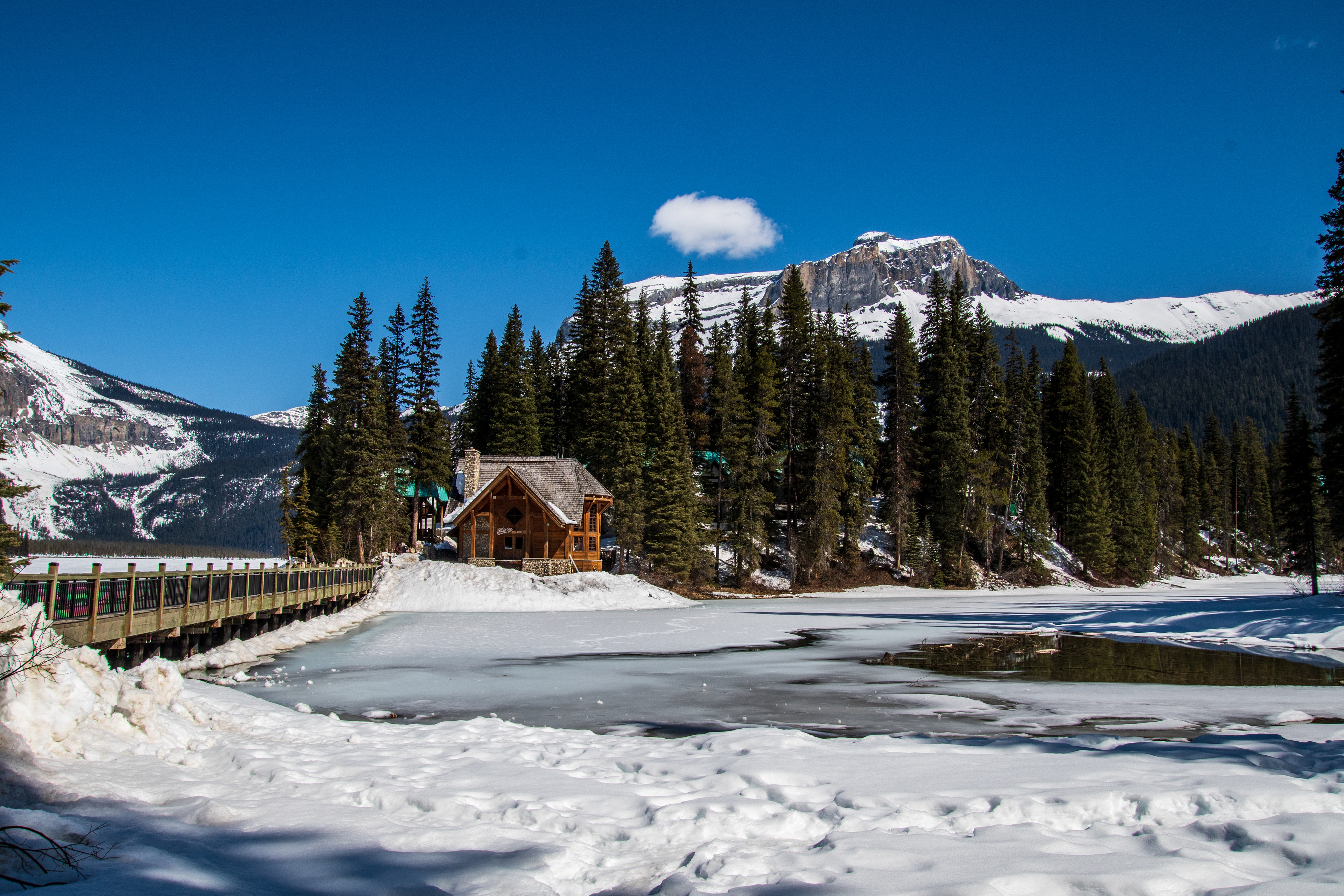
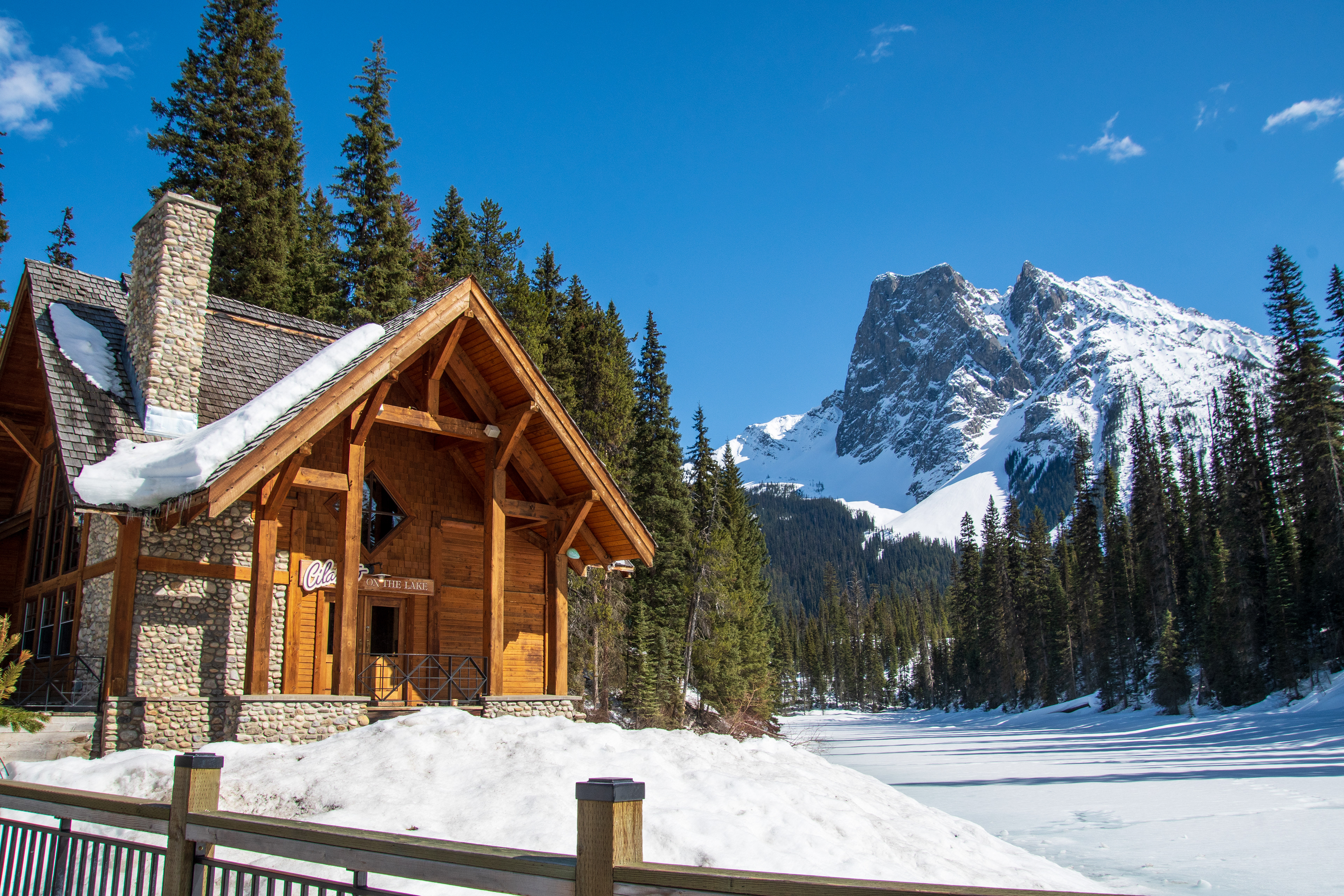
Abraham Lake, Alberta
While driving across Icefield Parkway, if you want to see bubbles in the ice (If you are lucky) you definitely need to stop at Abraham Lake
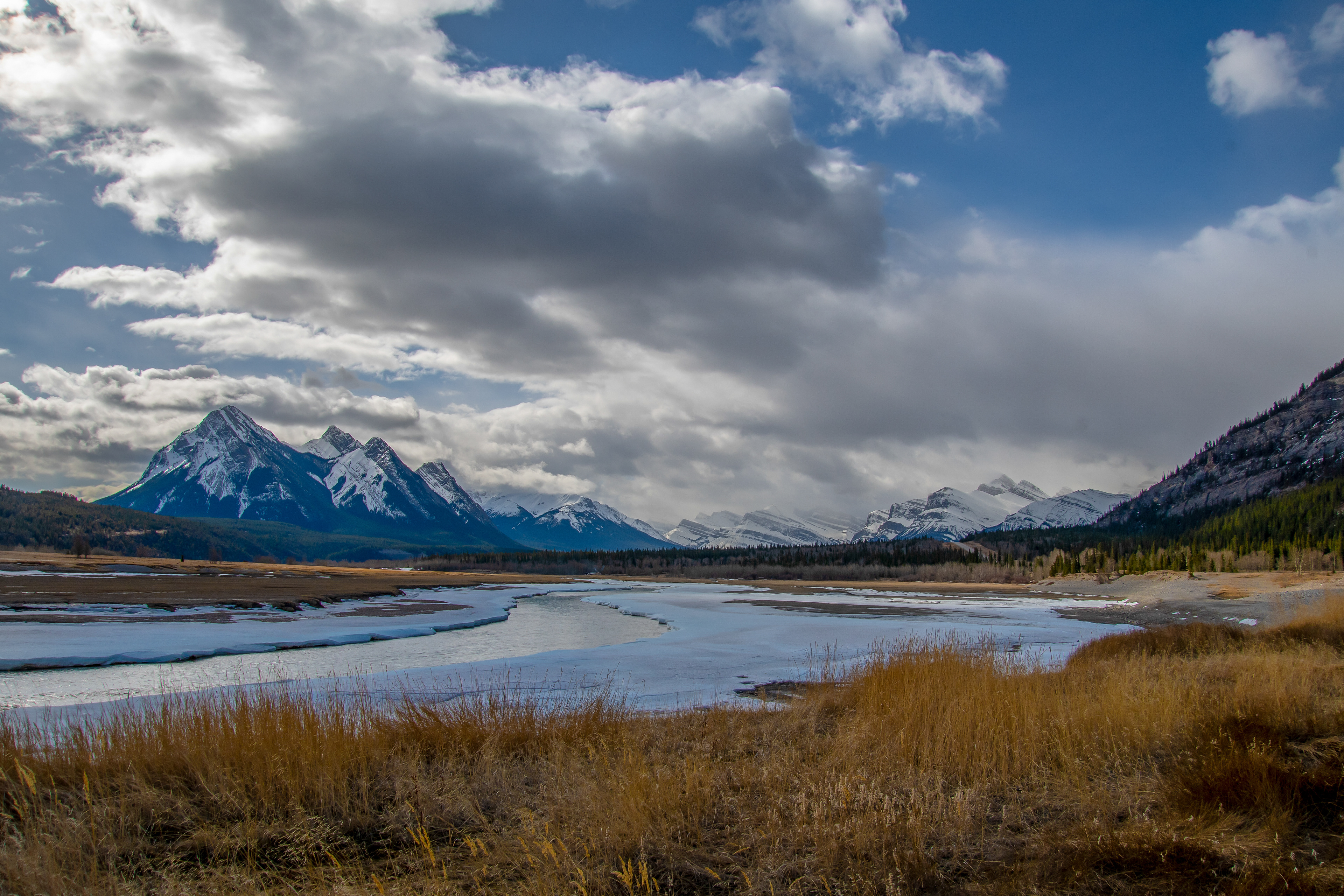


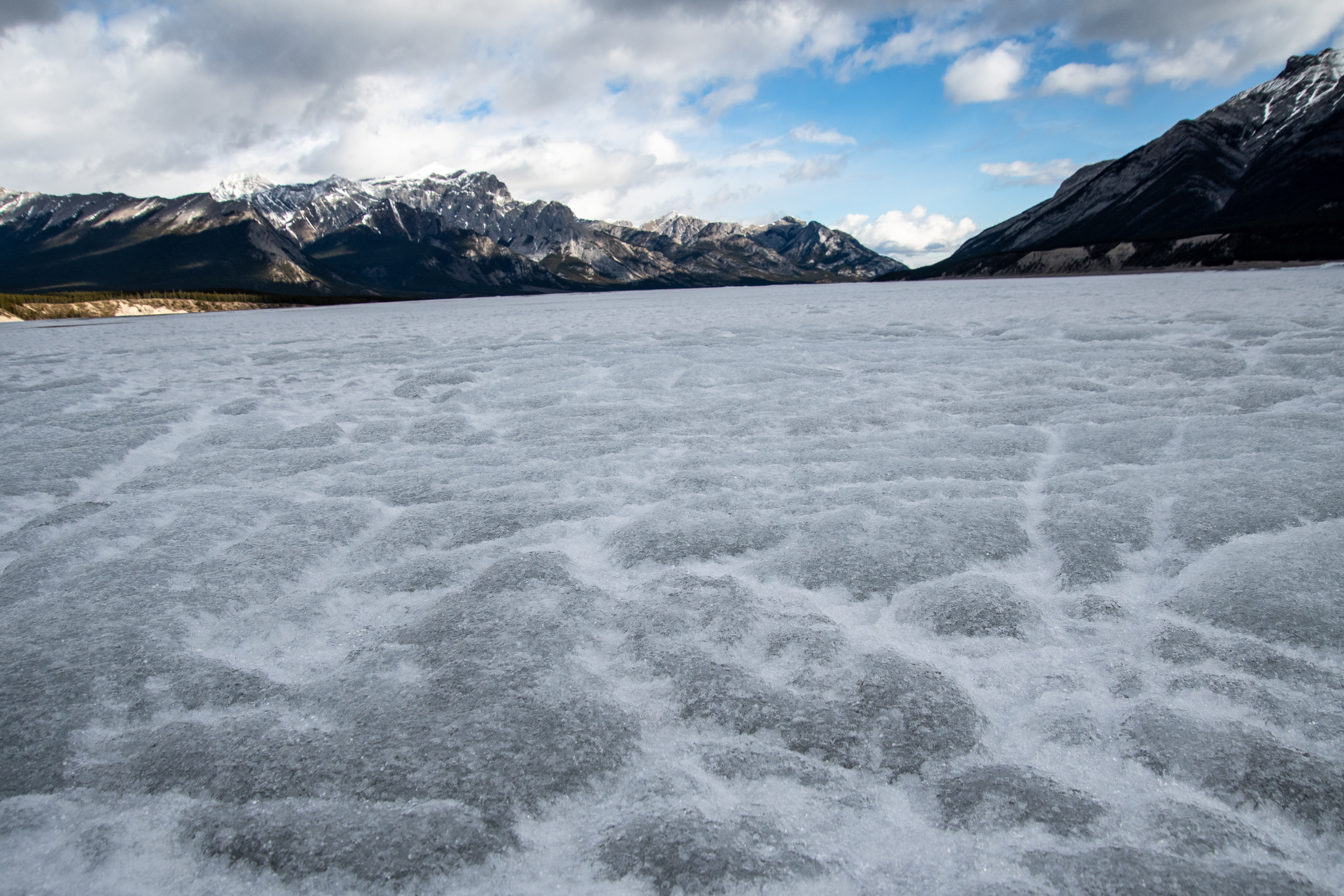
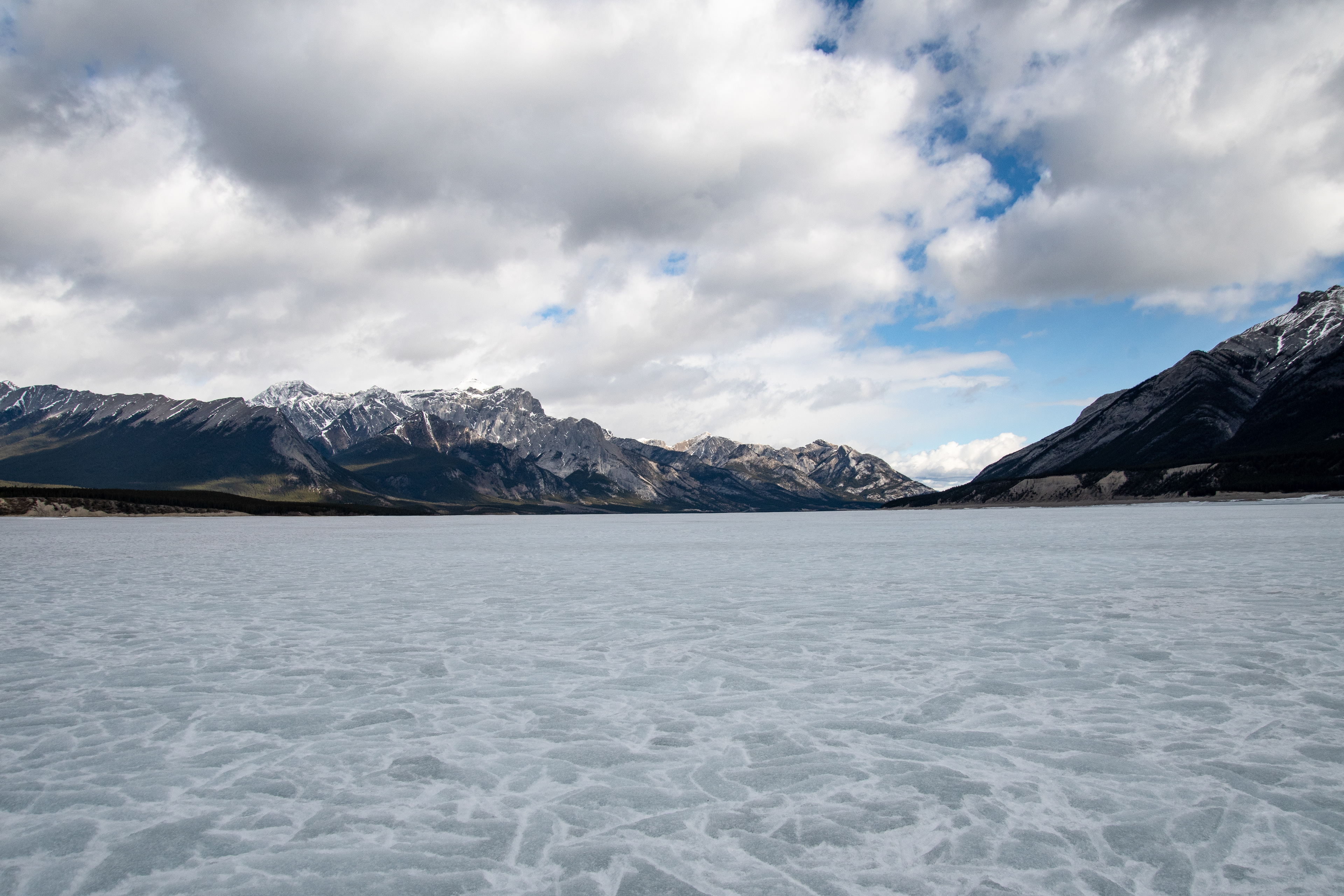
Icefields Parkway
The Icefields Parkway (Highway 93 N.) is a 230 kilometer mountain road running through the heart of Banff and Jasper National Parks. It serves as a connection between Lake Louise and the town of Jasper. It’s a minimum of 3 hours driving time in between glaciers, mountains, forest, clear blue water lake, rivers. But don't worry with the stop you will take the entire day to finish those 230 km. It is clearly the most stunning drive we ever done in Canada.
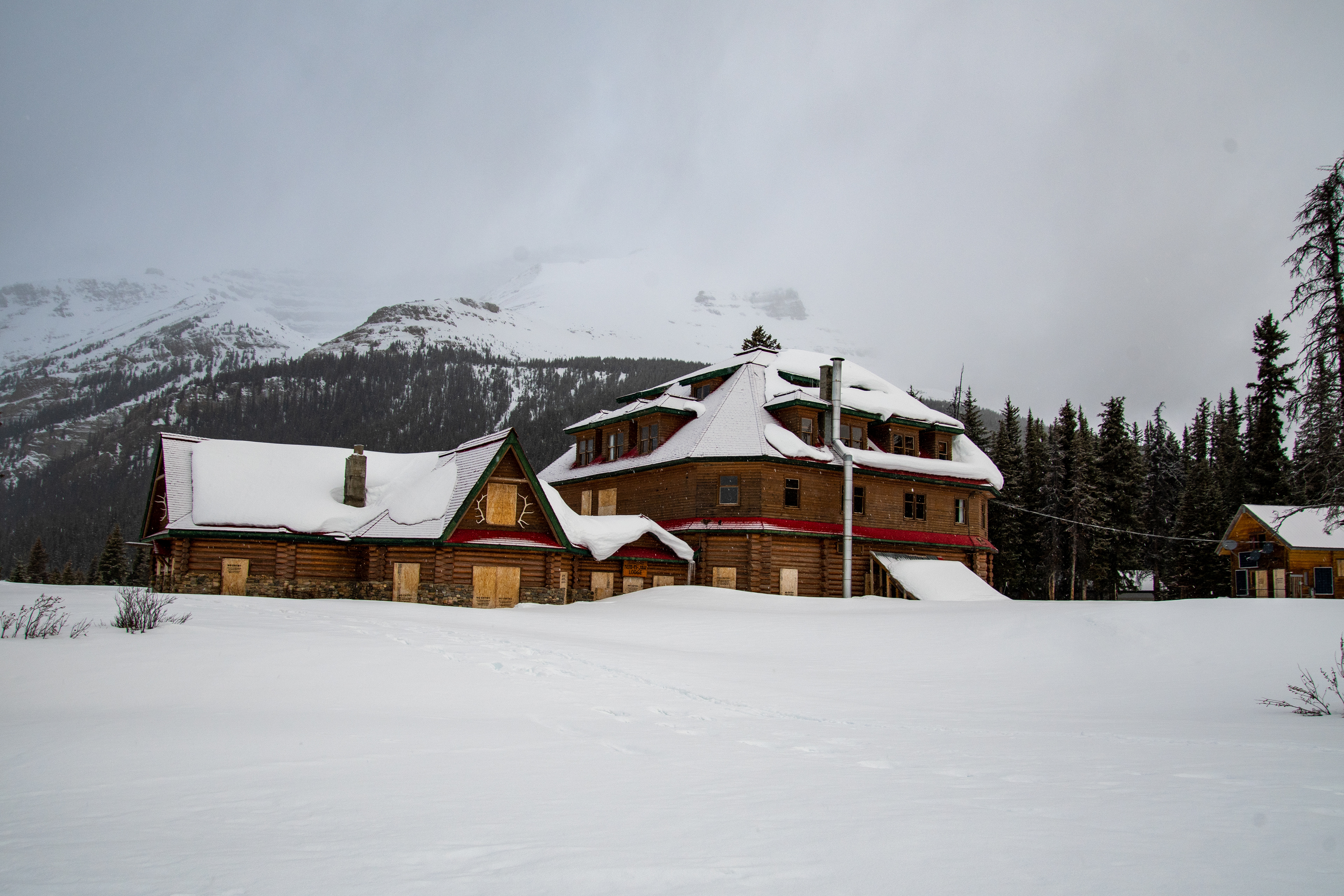




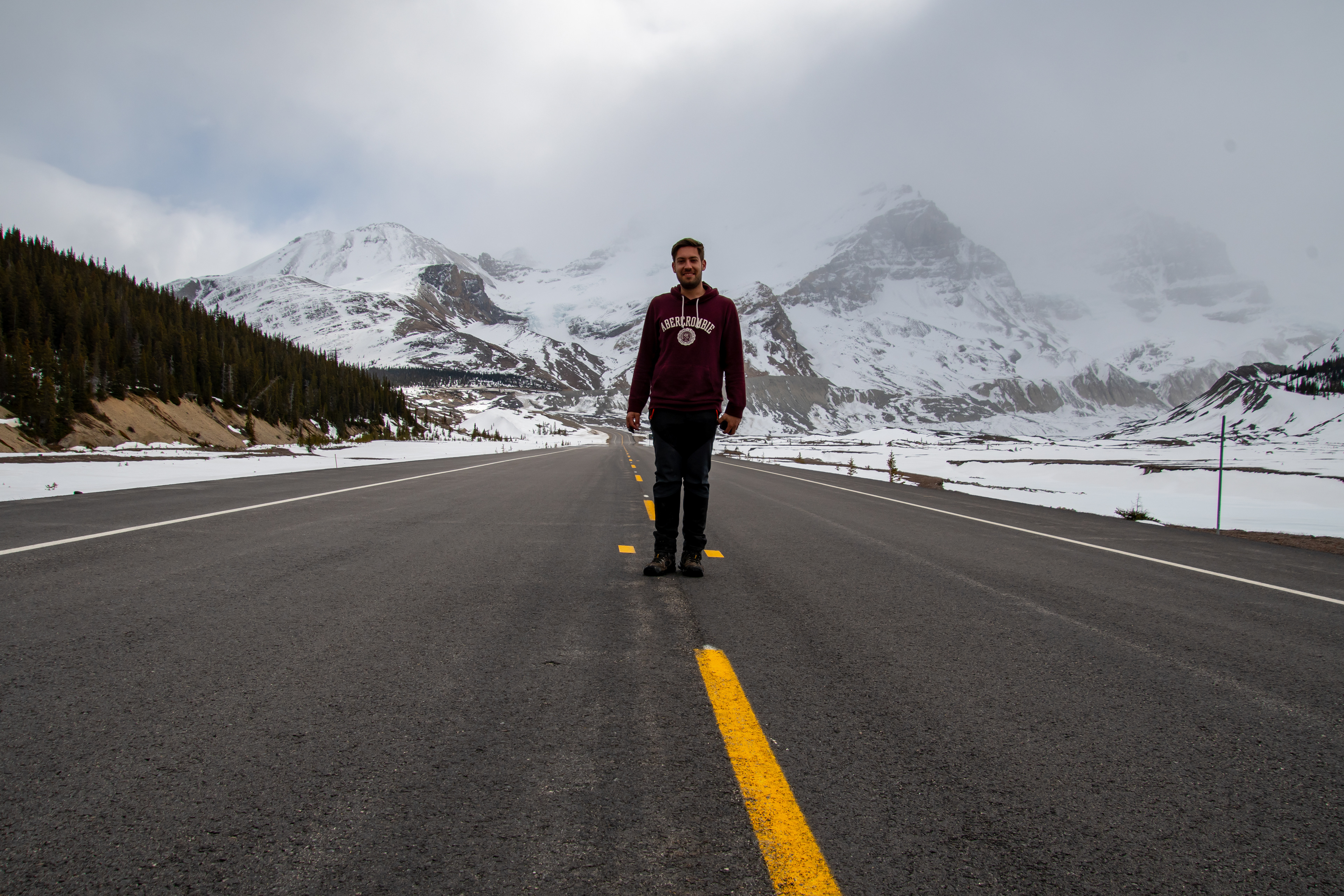
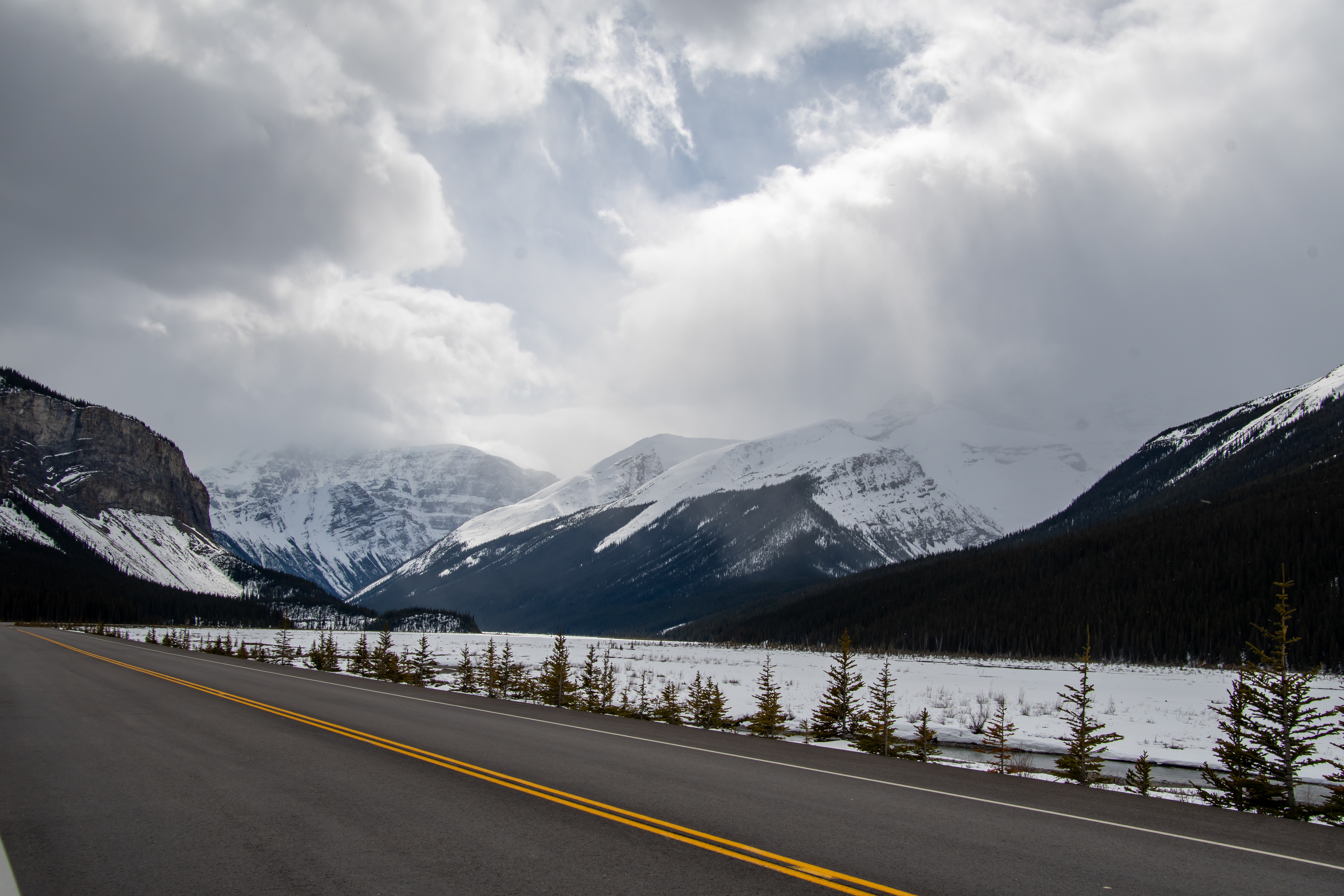

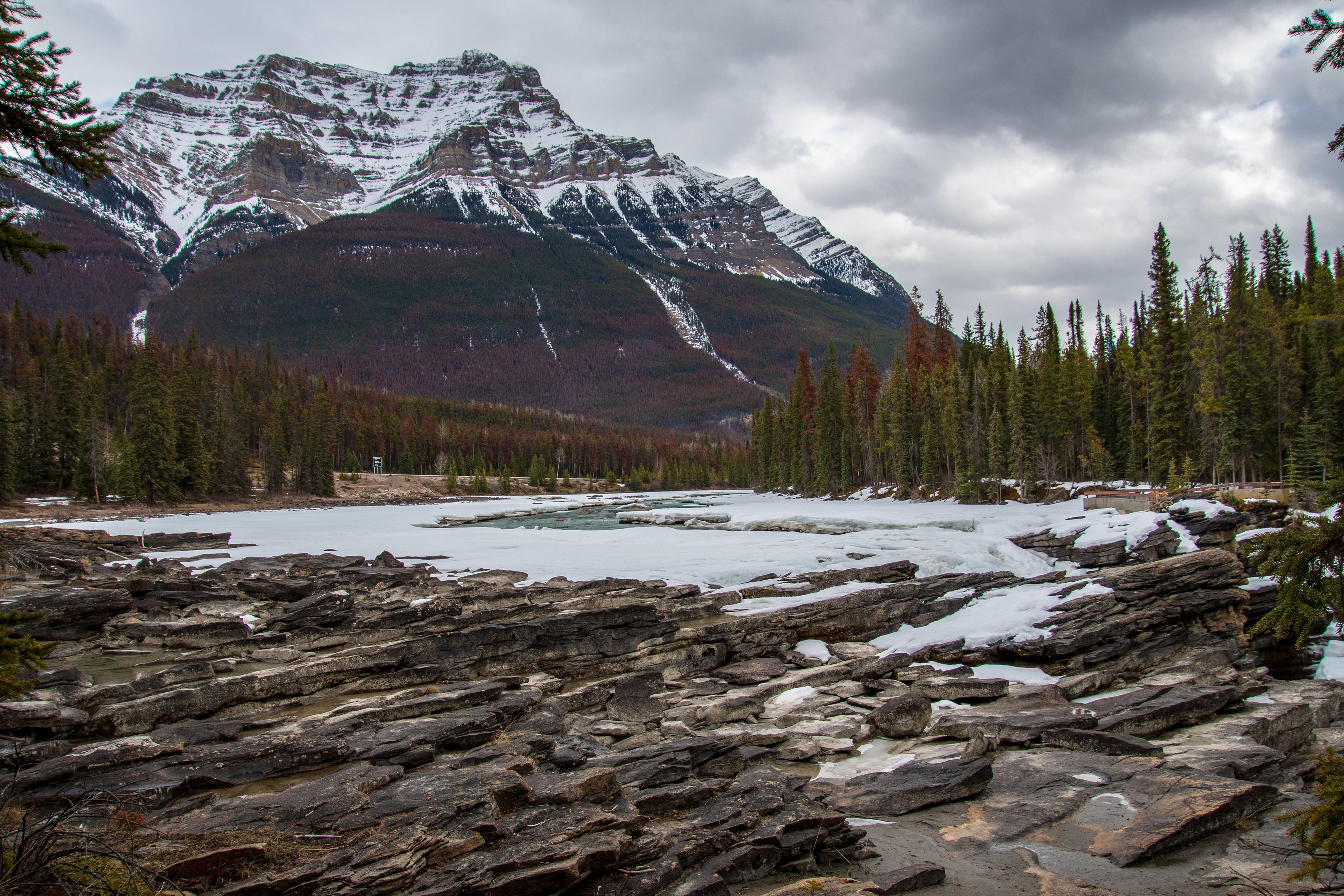
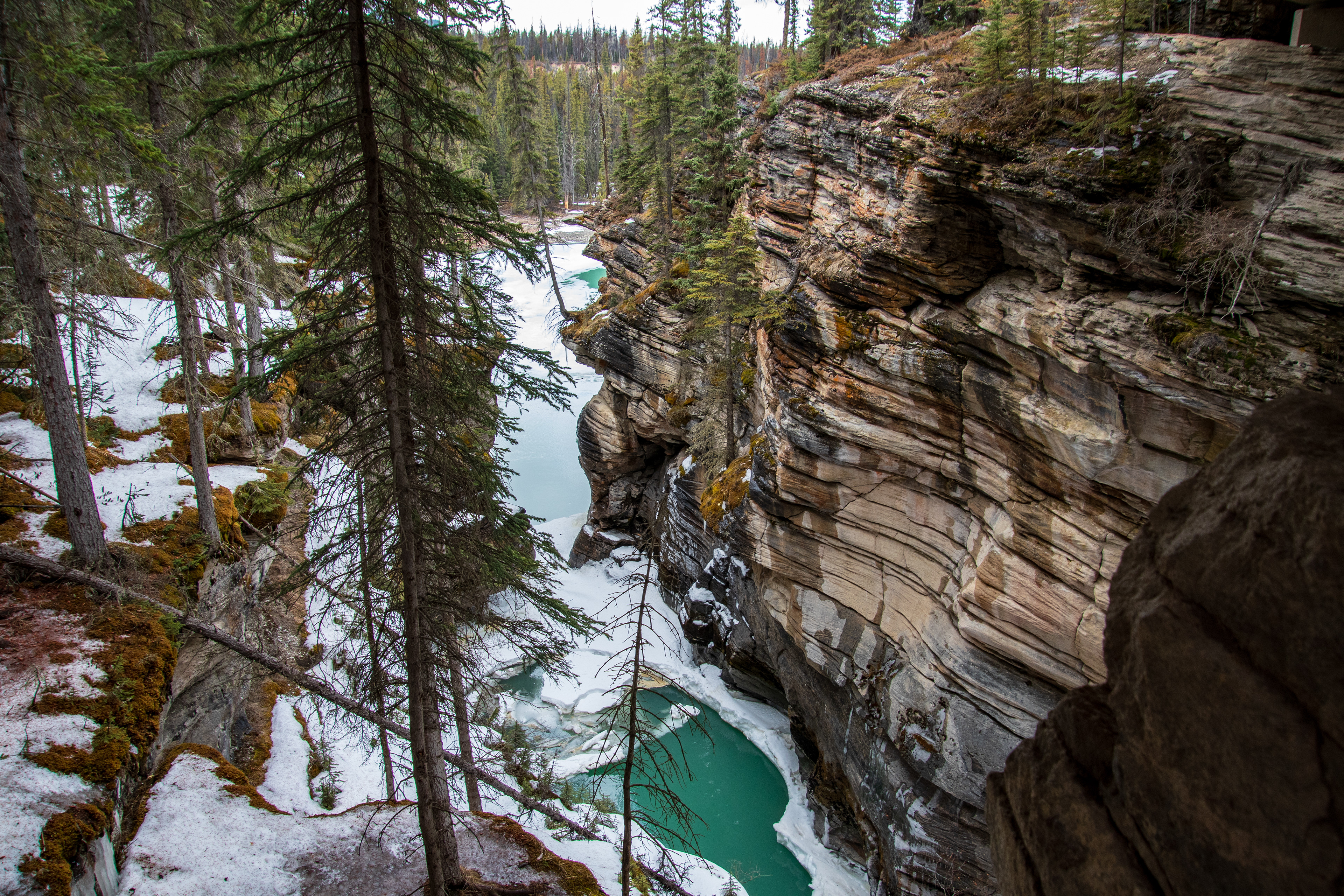


Jasper National Park, Alberta
The largest national park in the Canadian Rockies, Jasper is wild in every sense of the word. Its landscape covers an expansive region of rugged backcountry trails and mountainous terrain juxtaposed against fragile protected ecosystems as well as the world-renowned Columbia Icefield. It’s also chock-full of wildlife, home to some of North America’s healthiest populations of grizzly bears, moose, and elk along with thousands of species of plants and insects.
